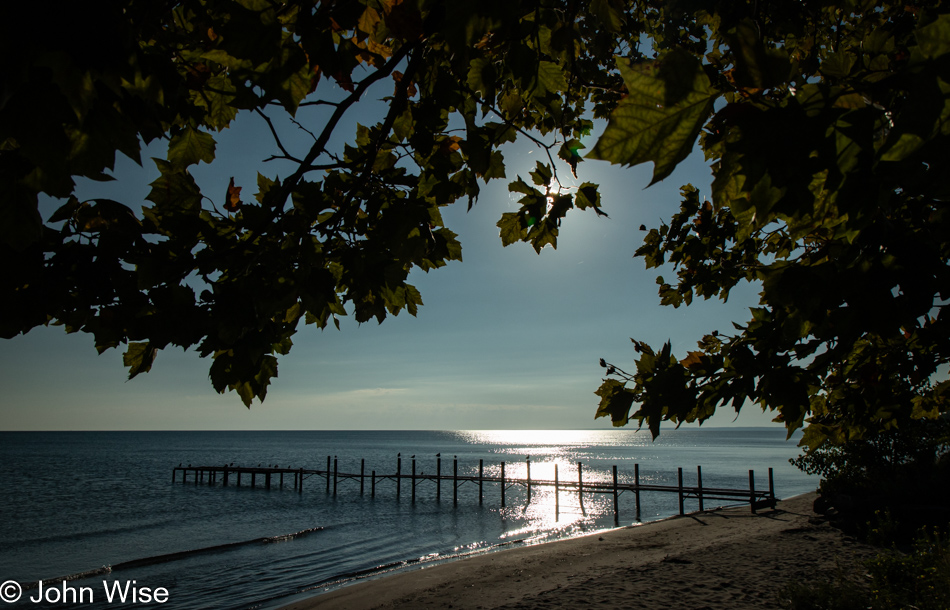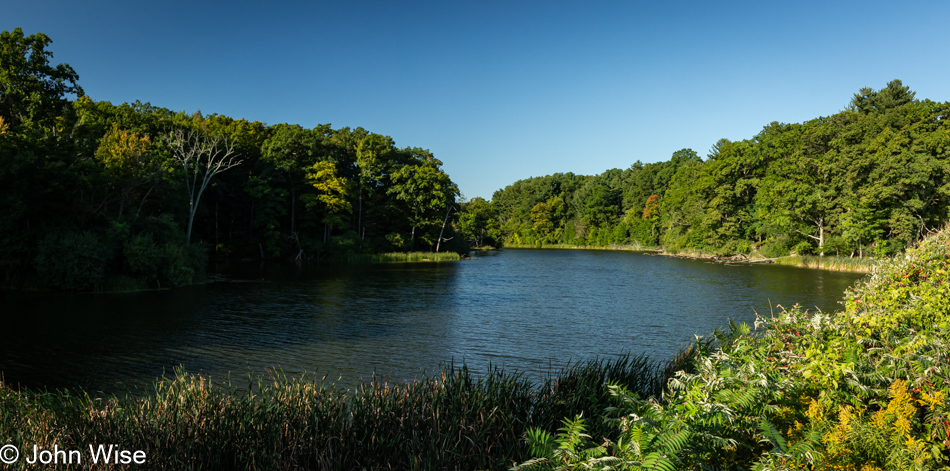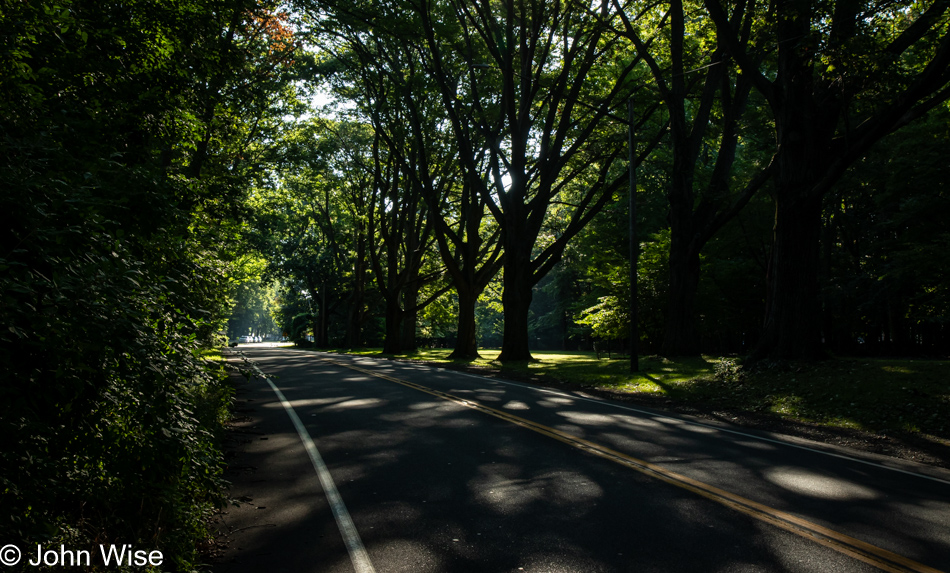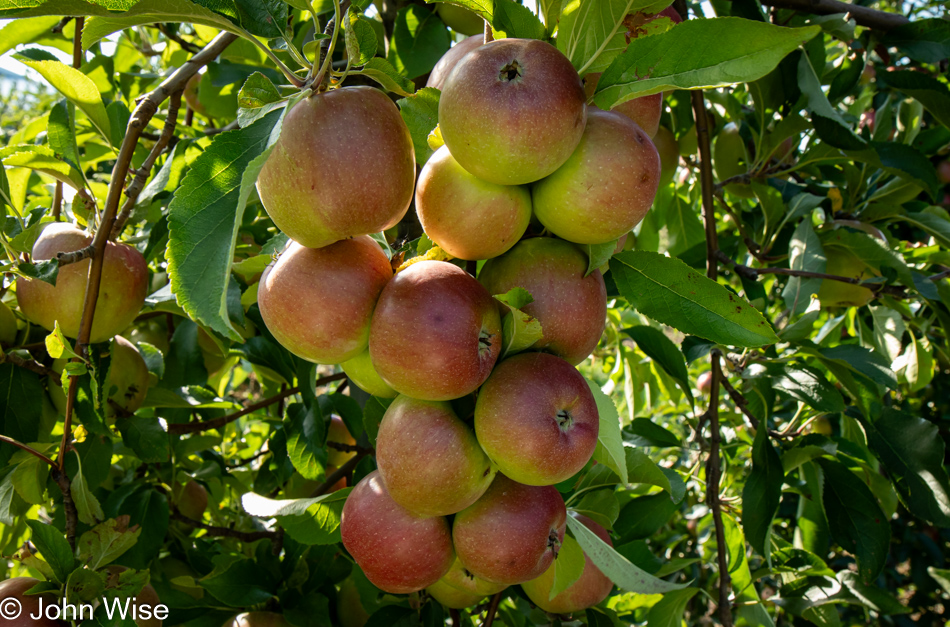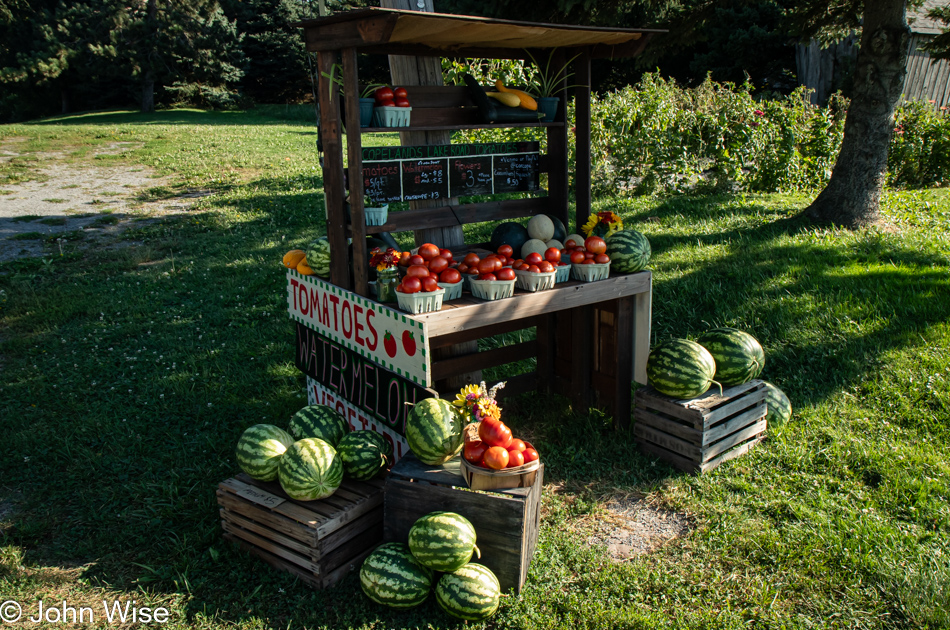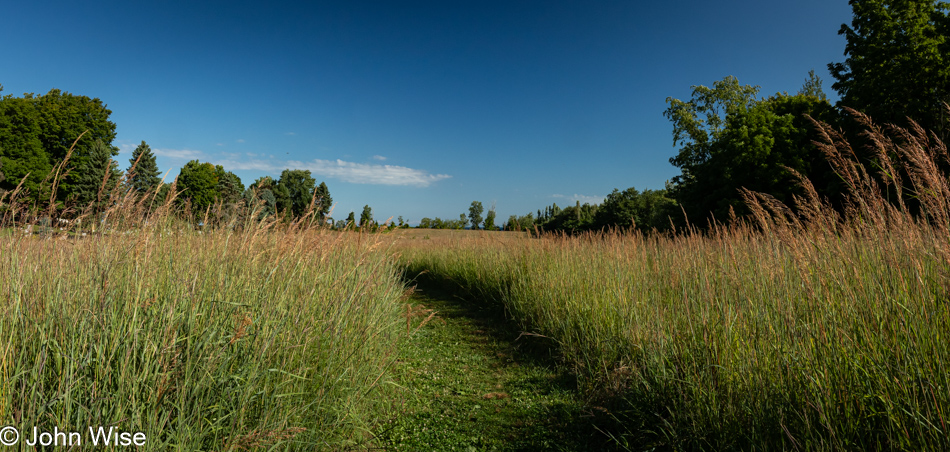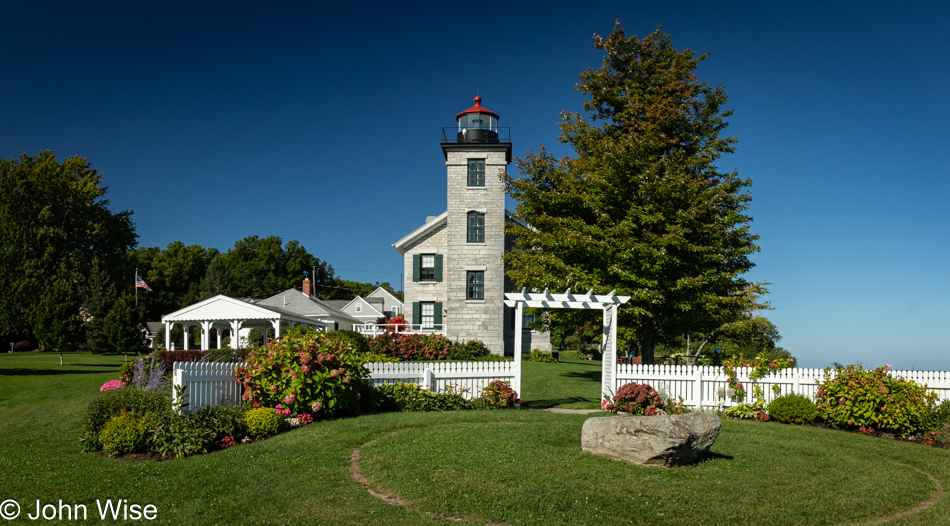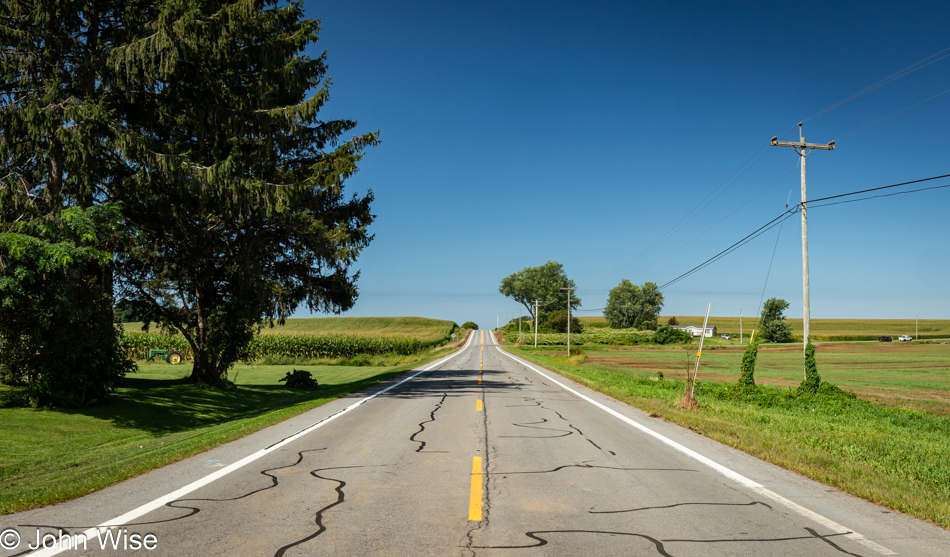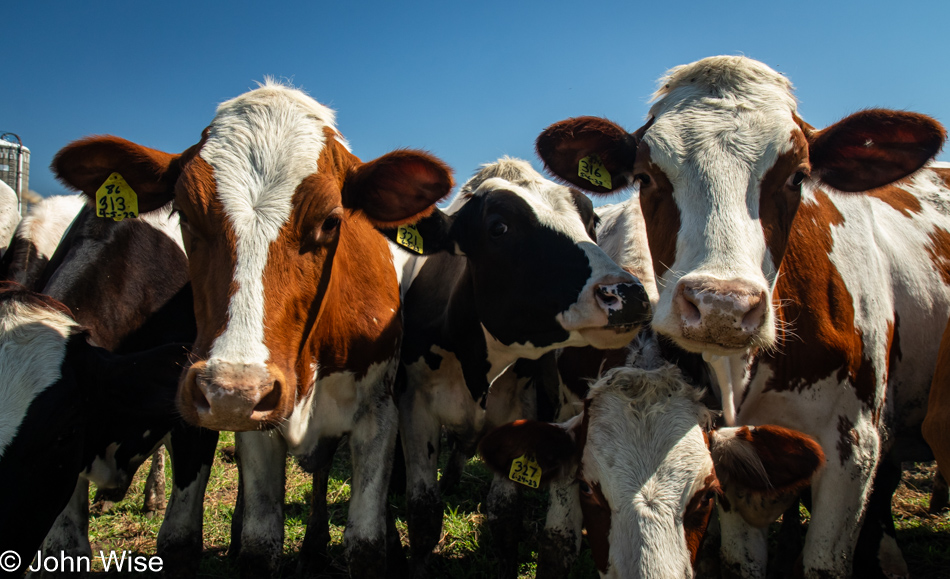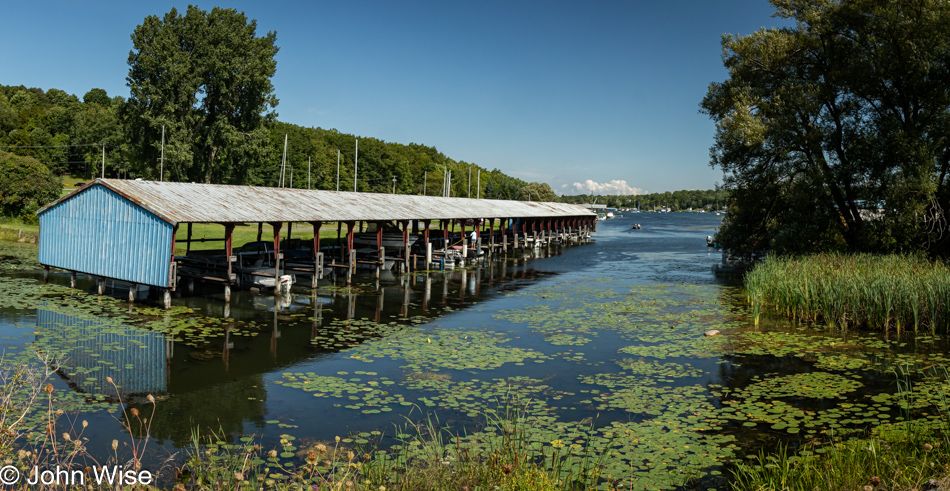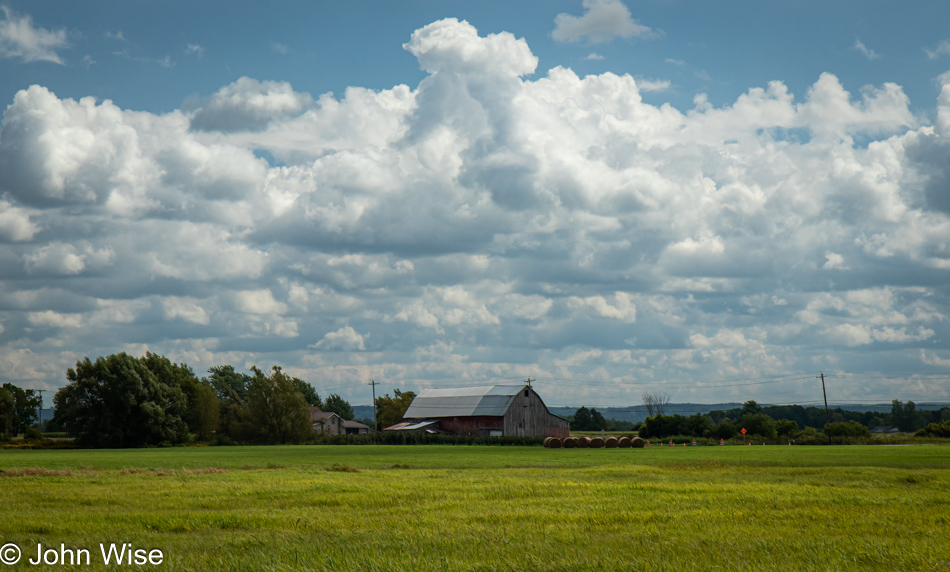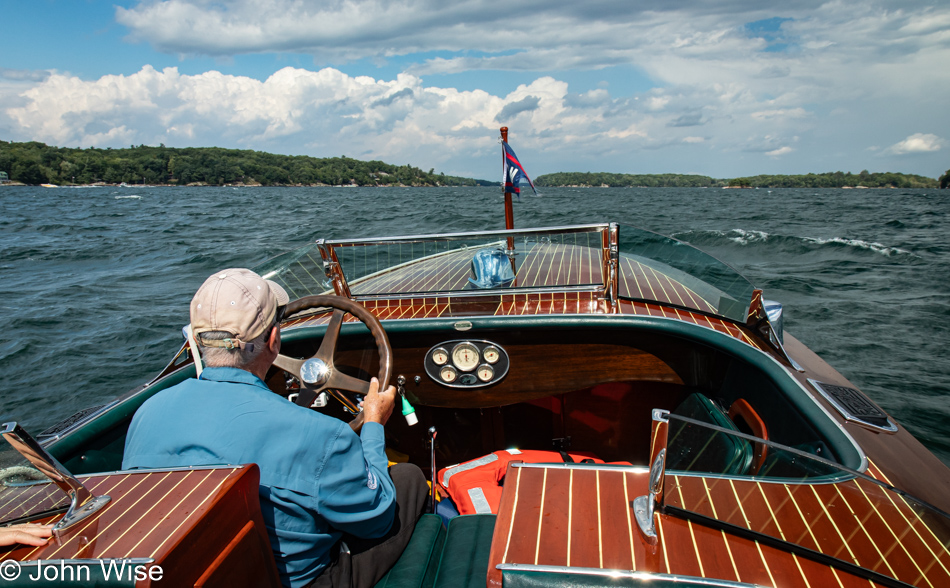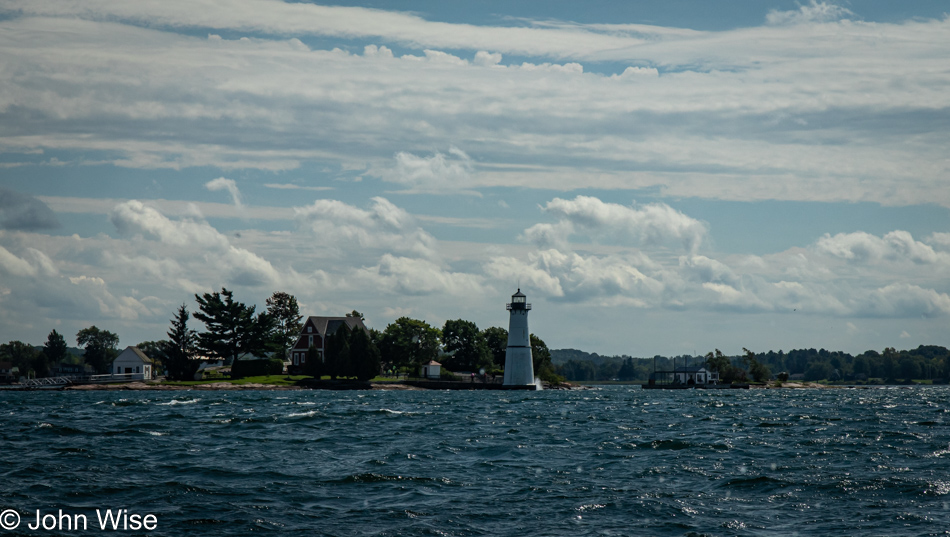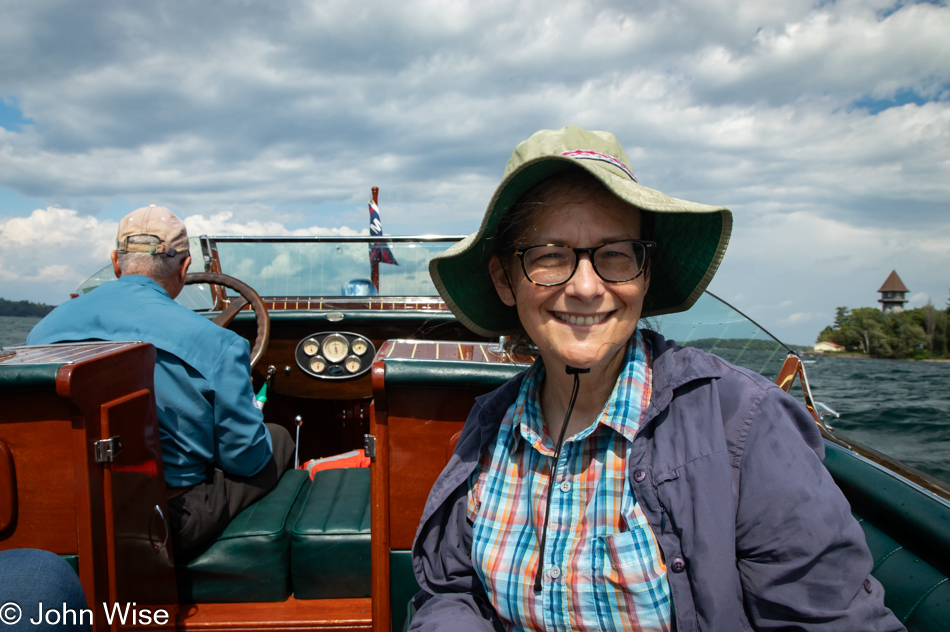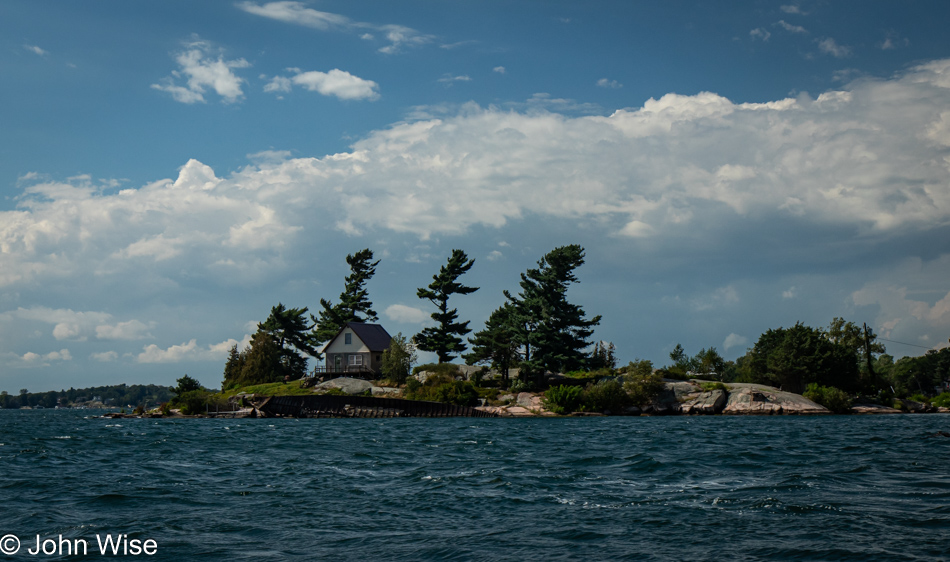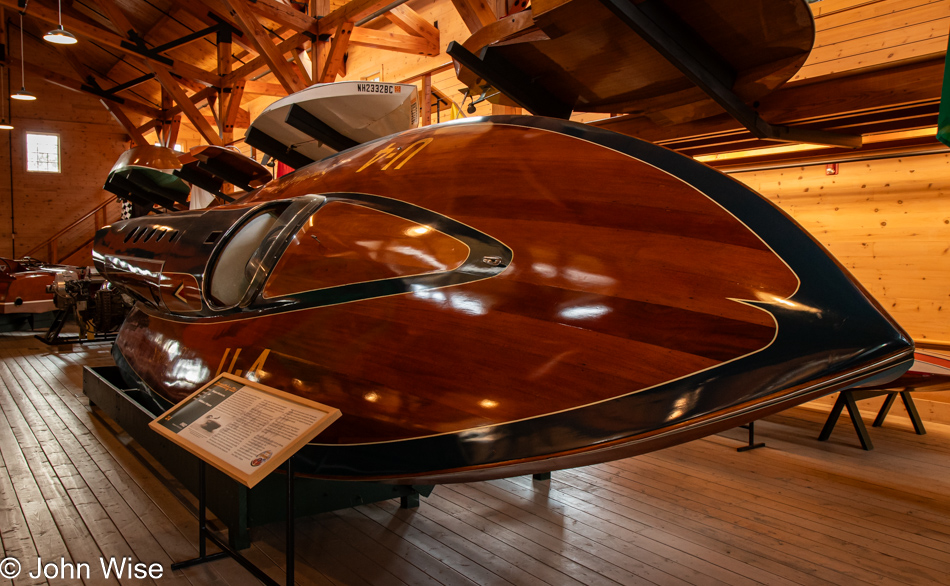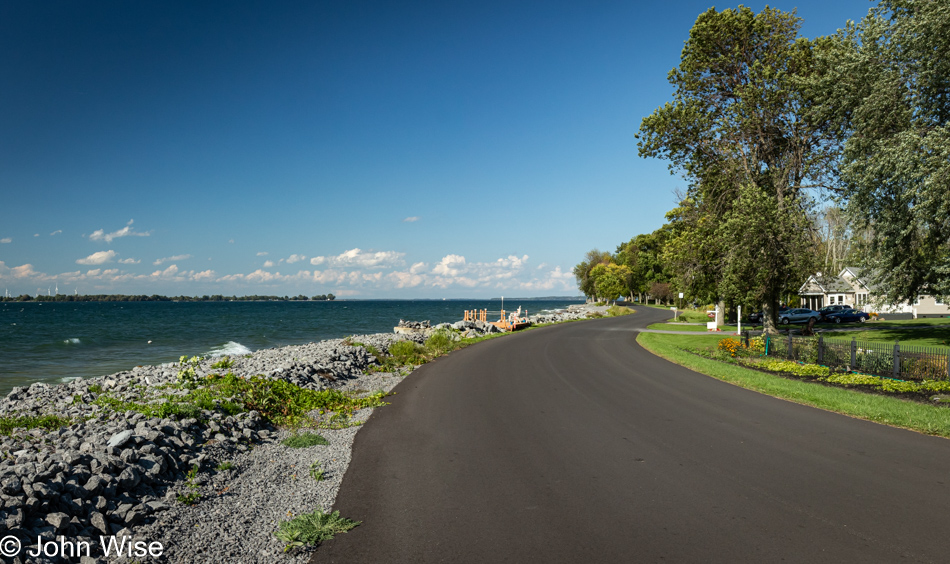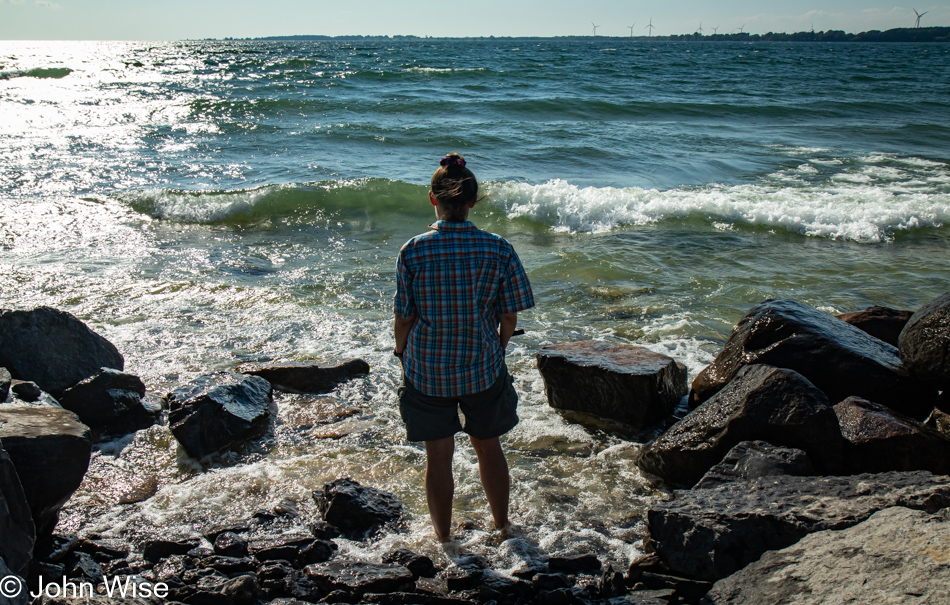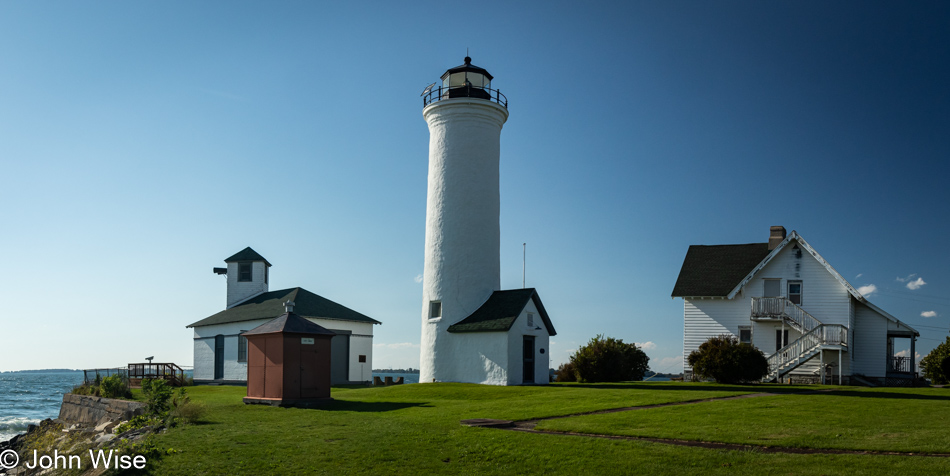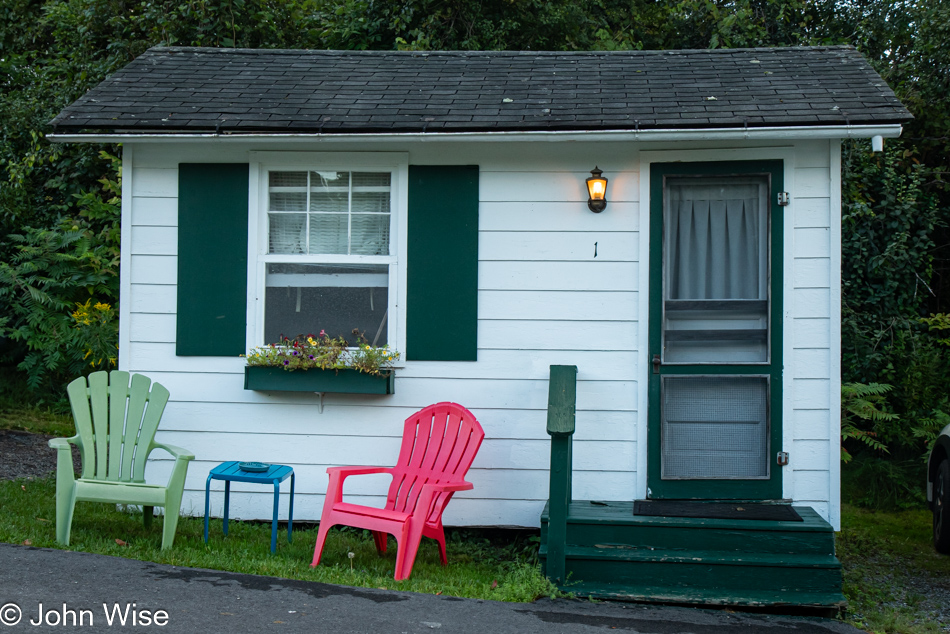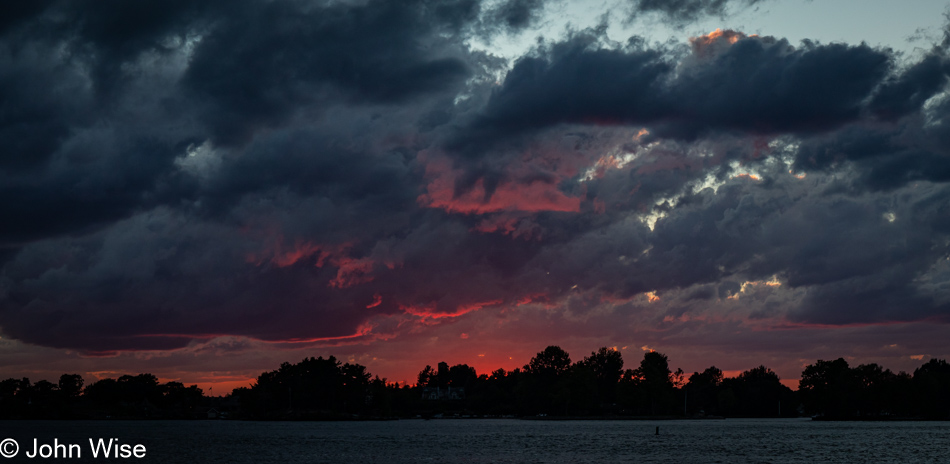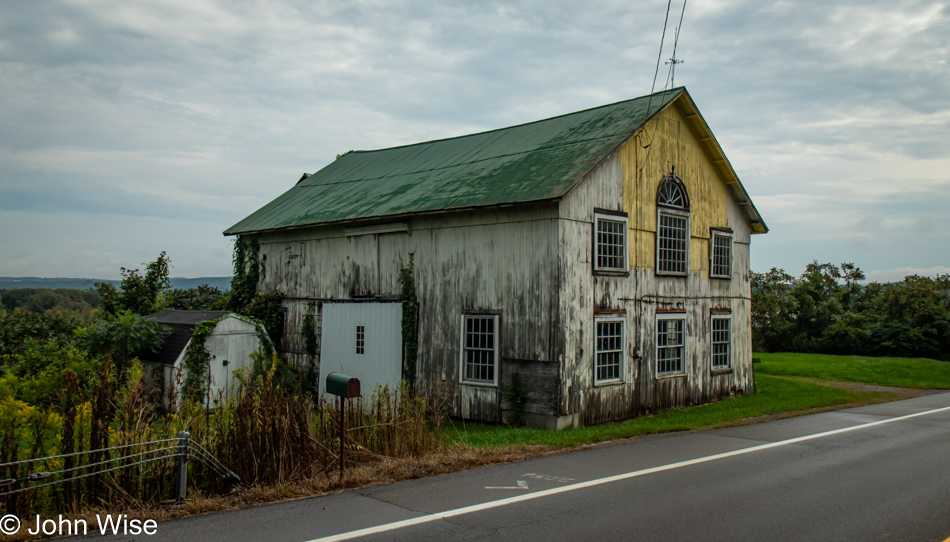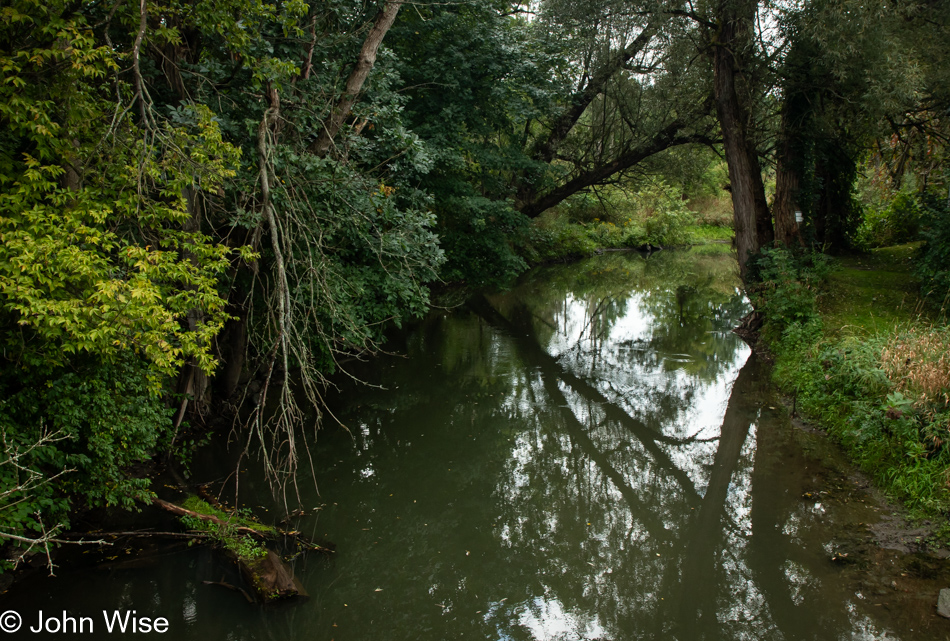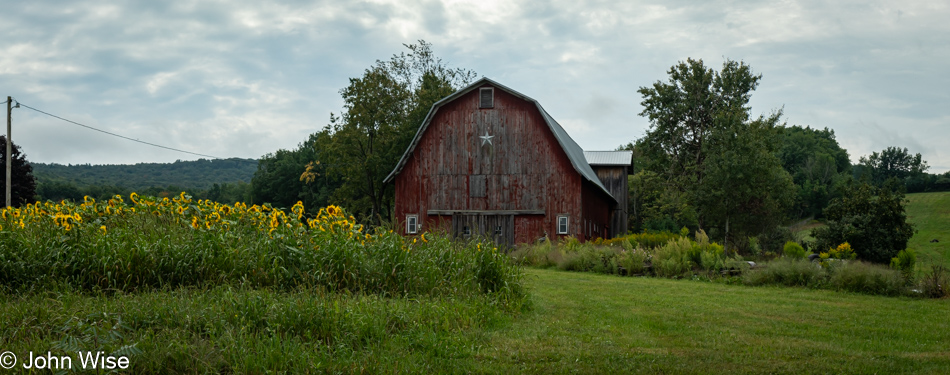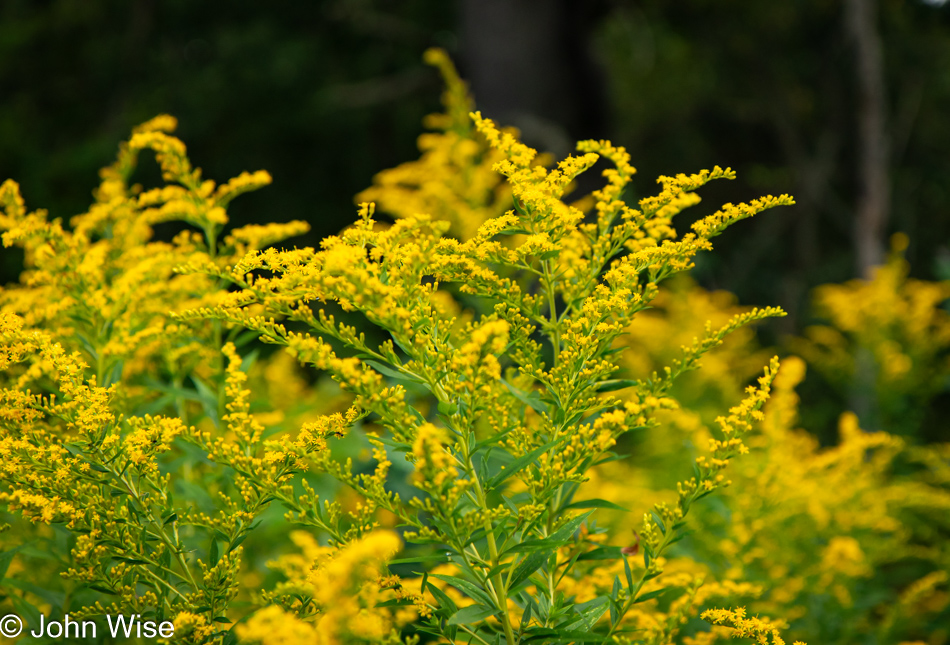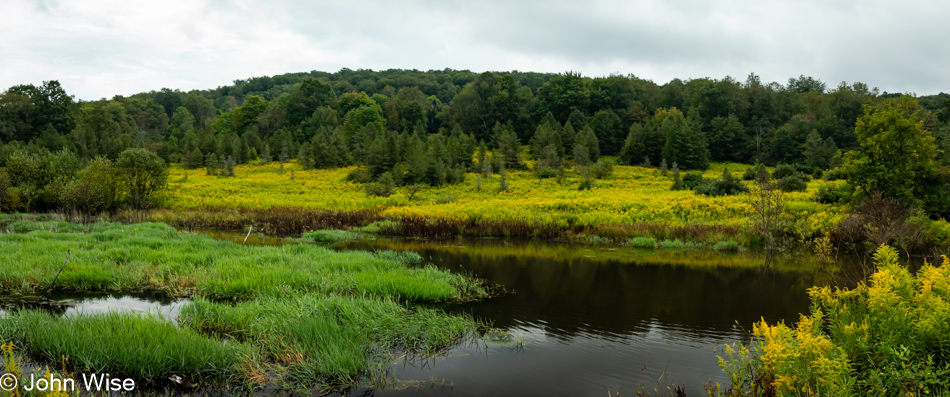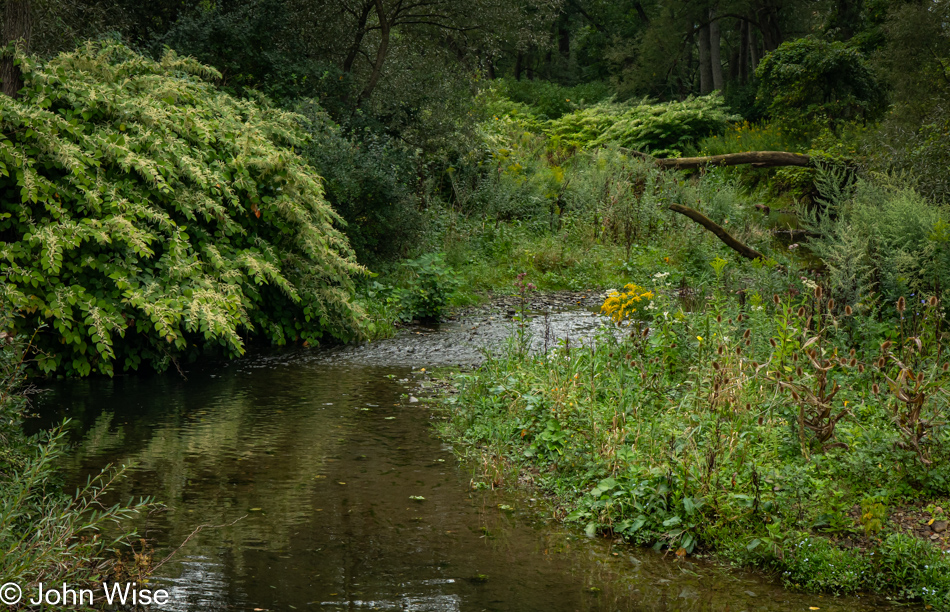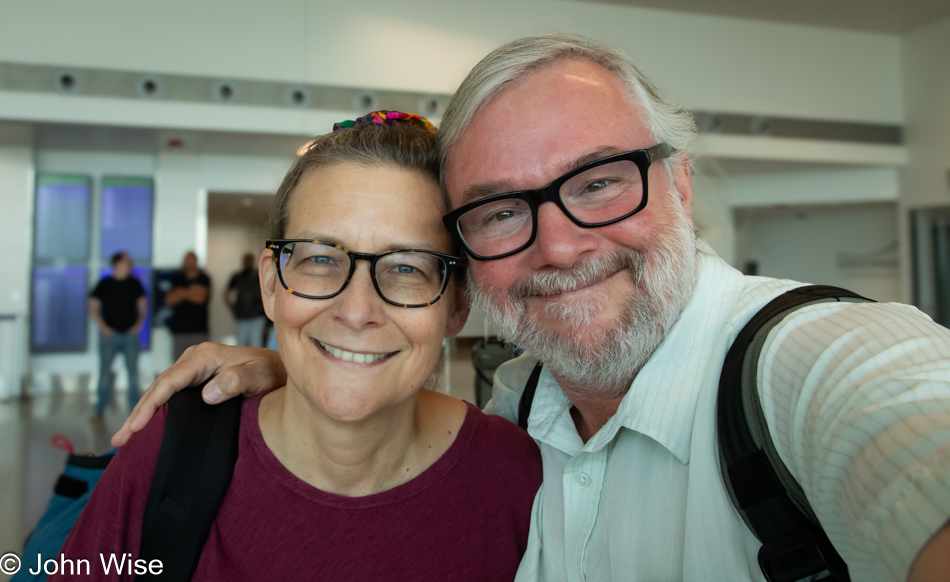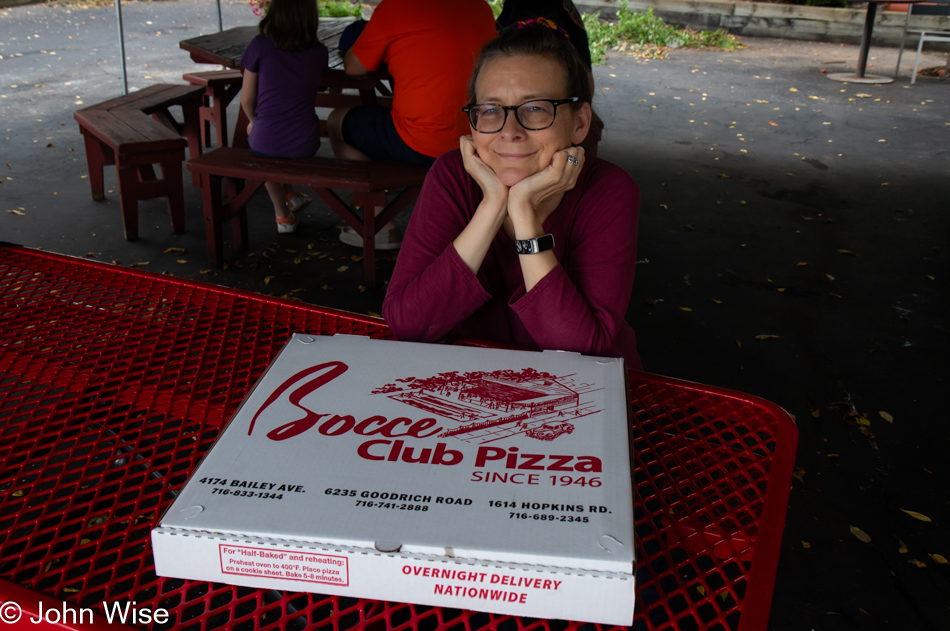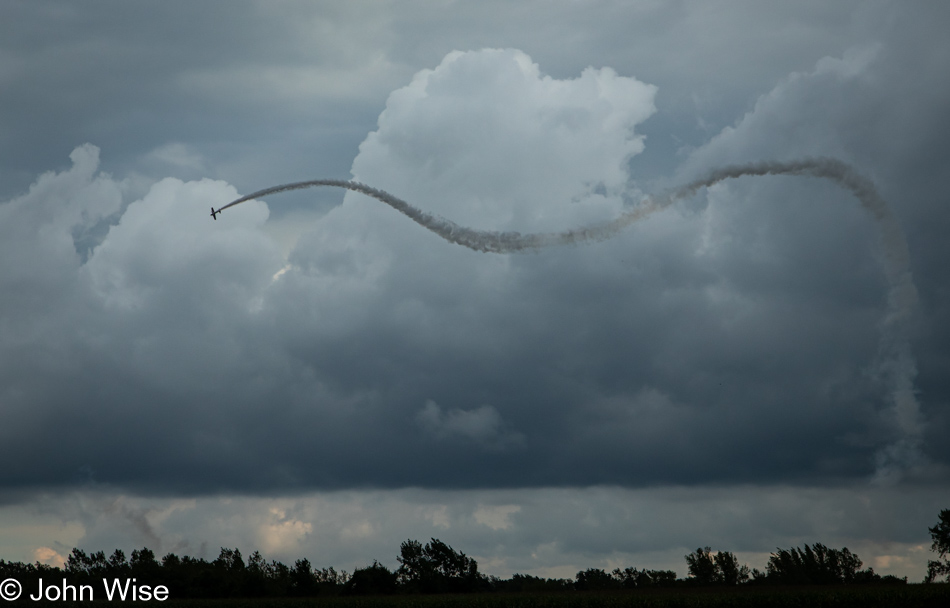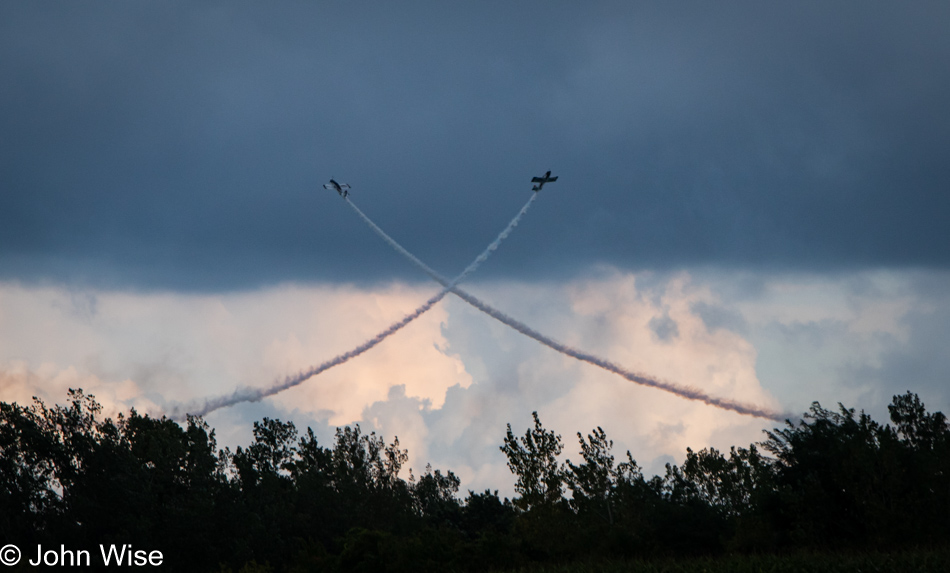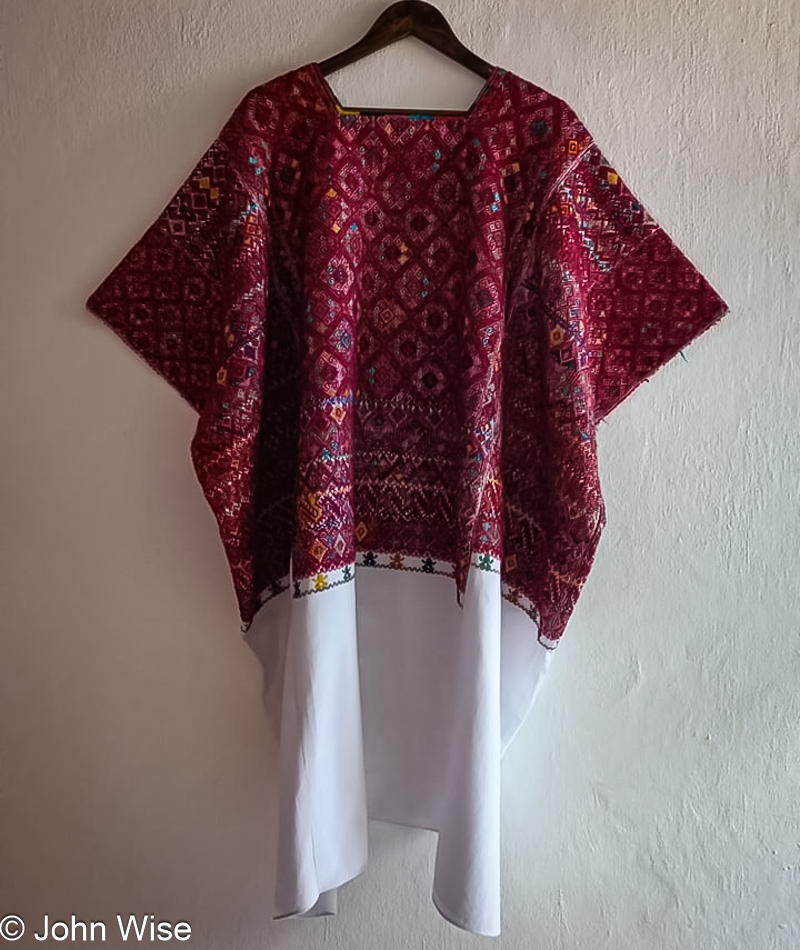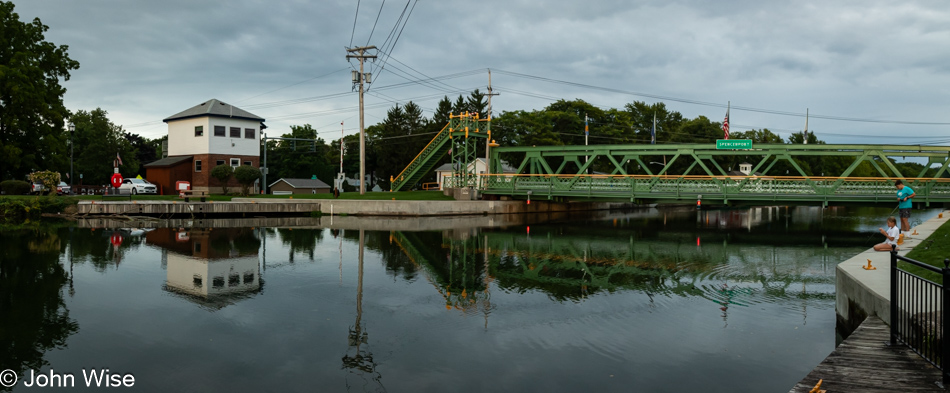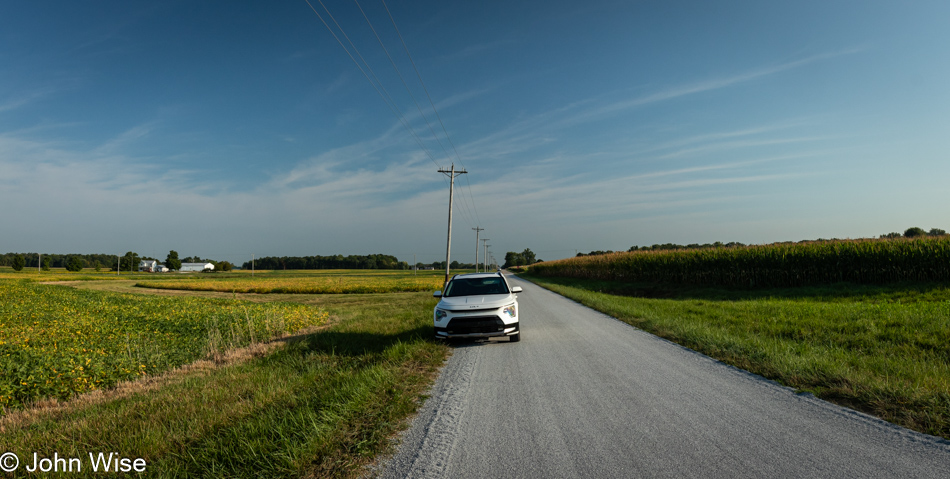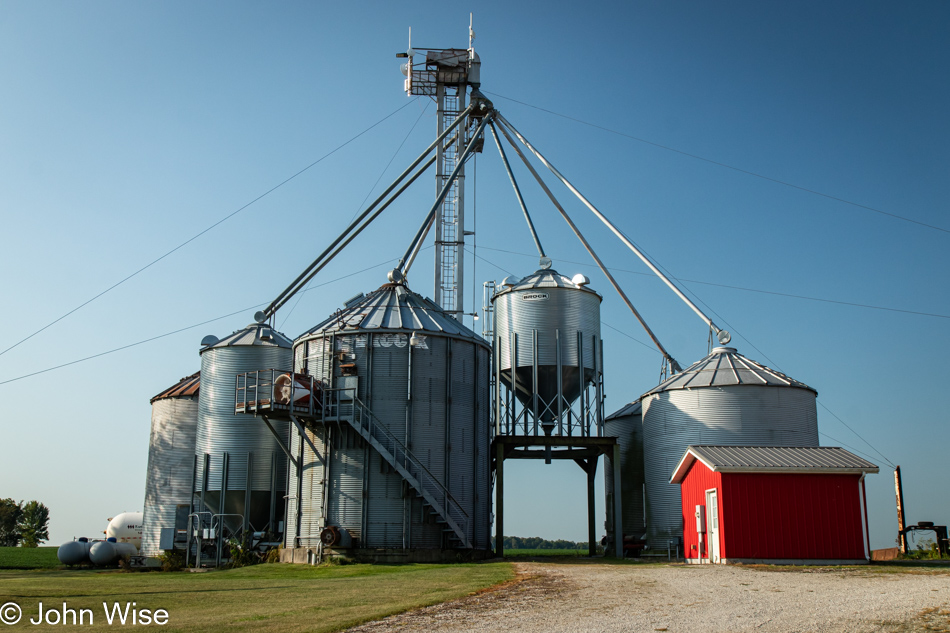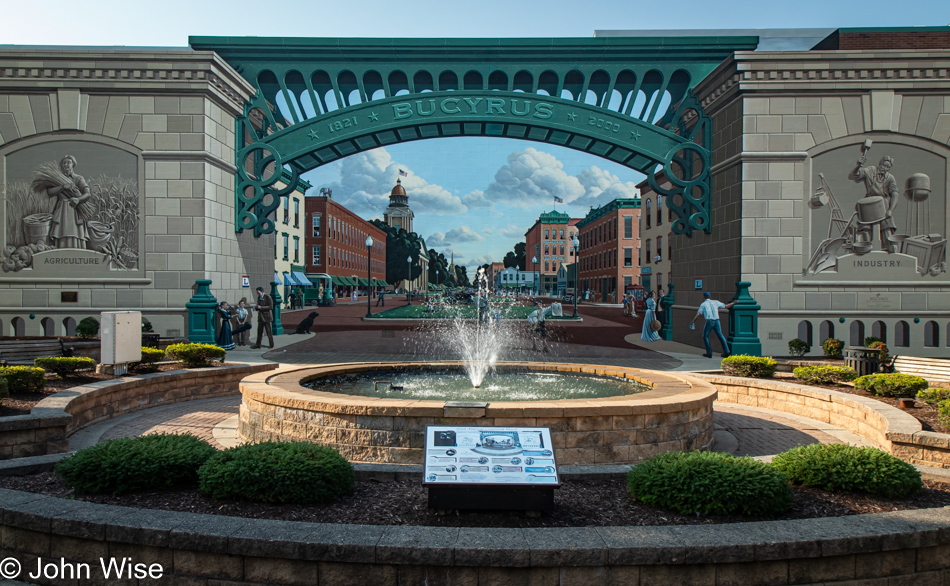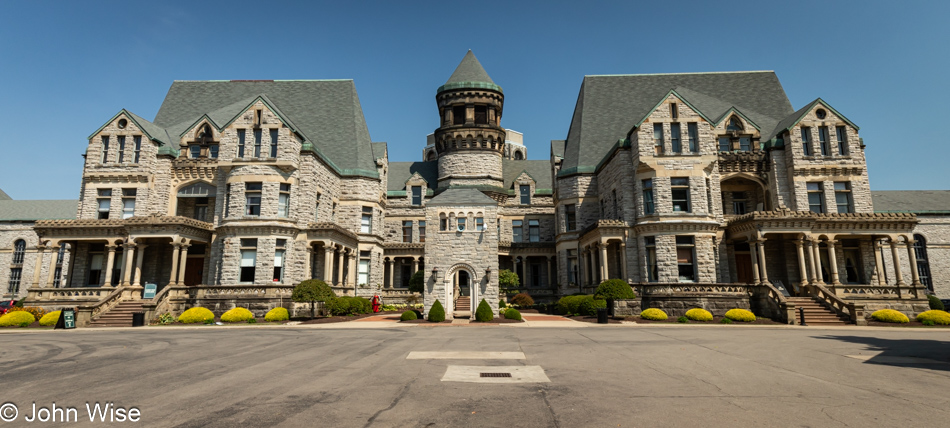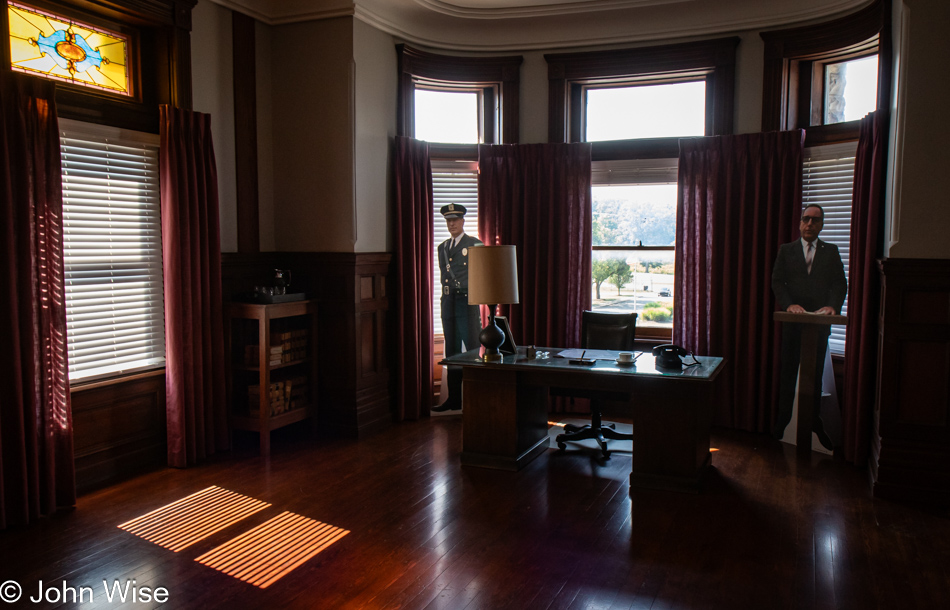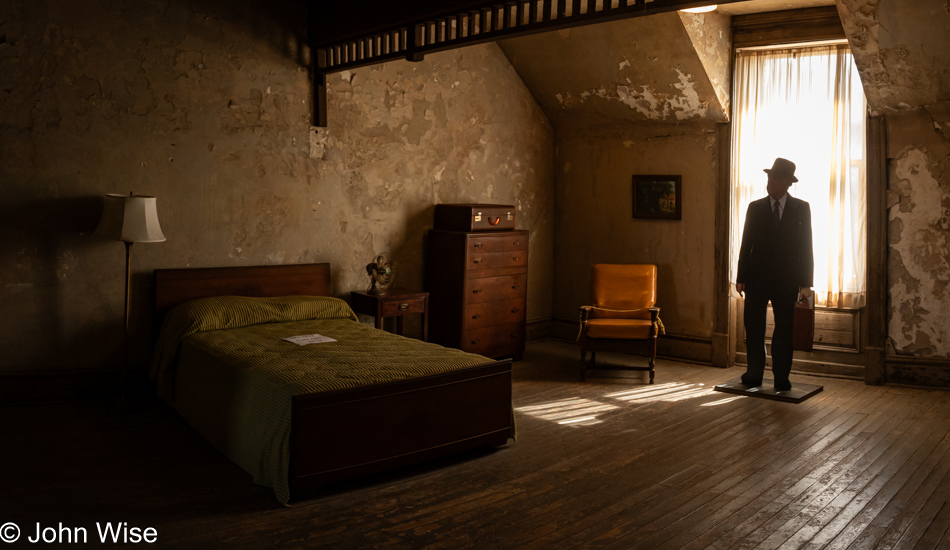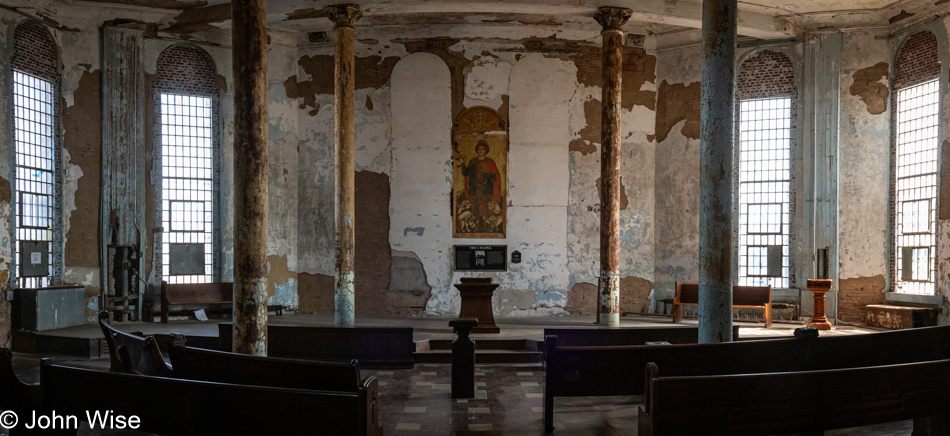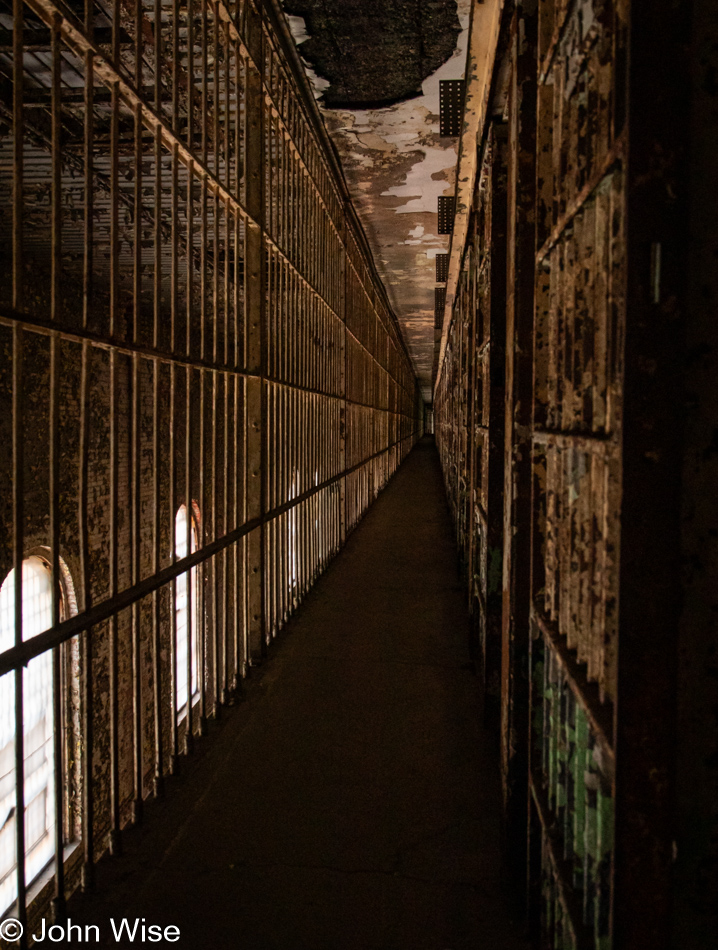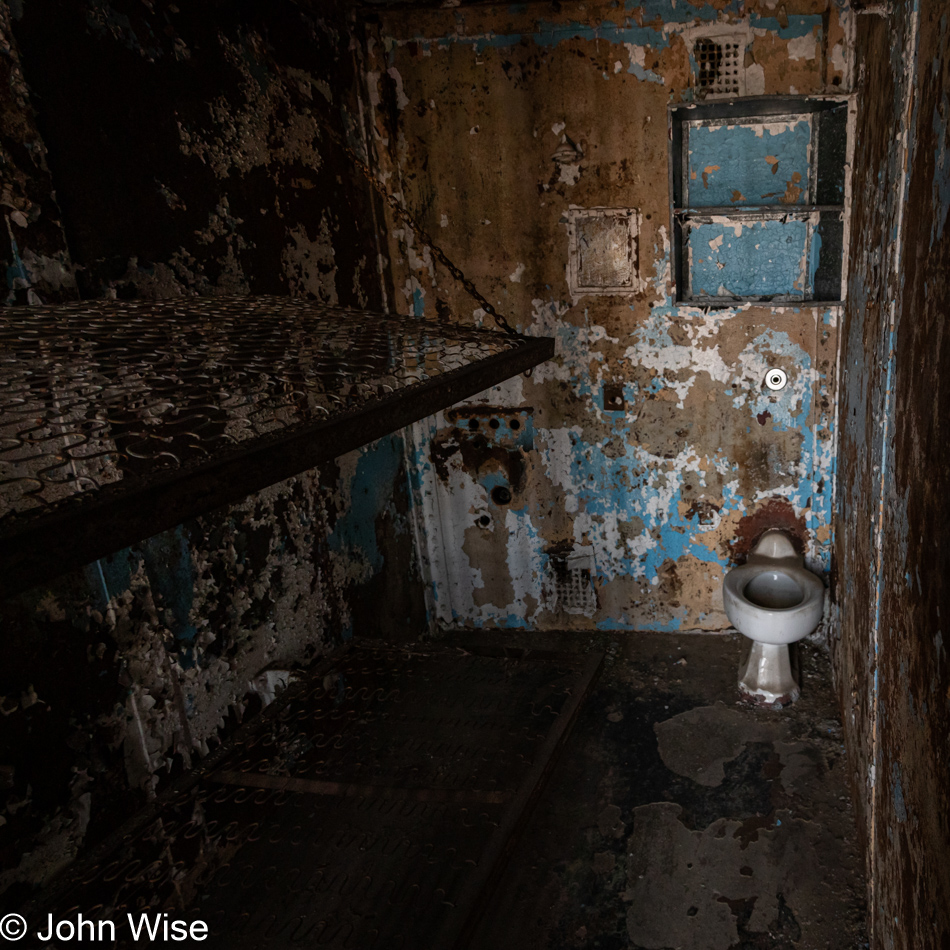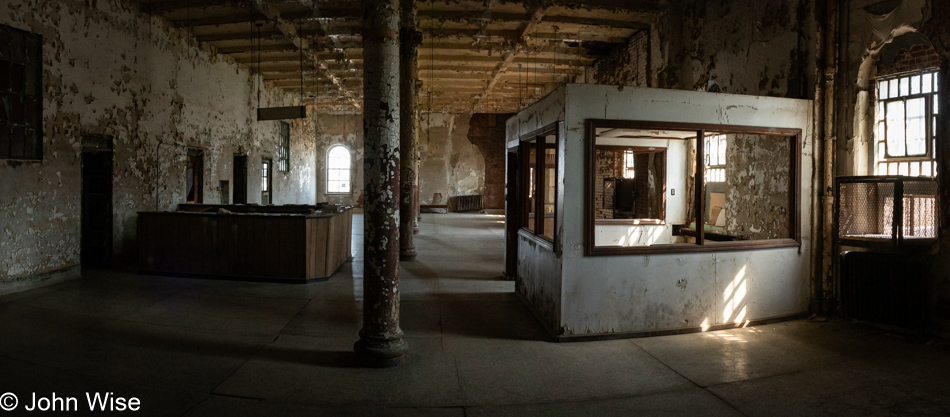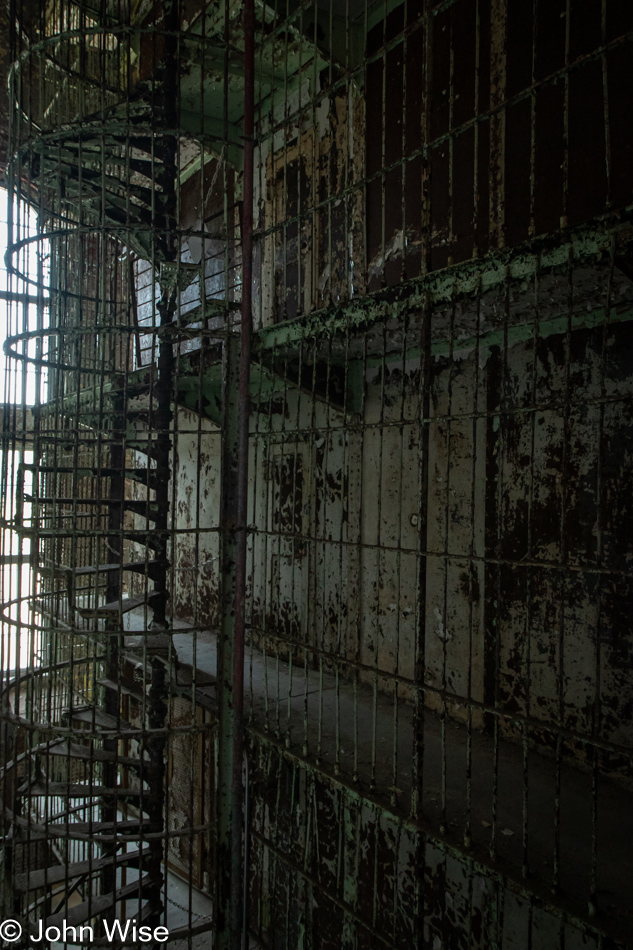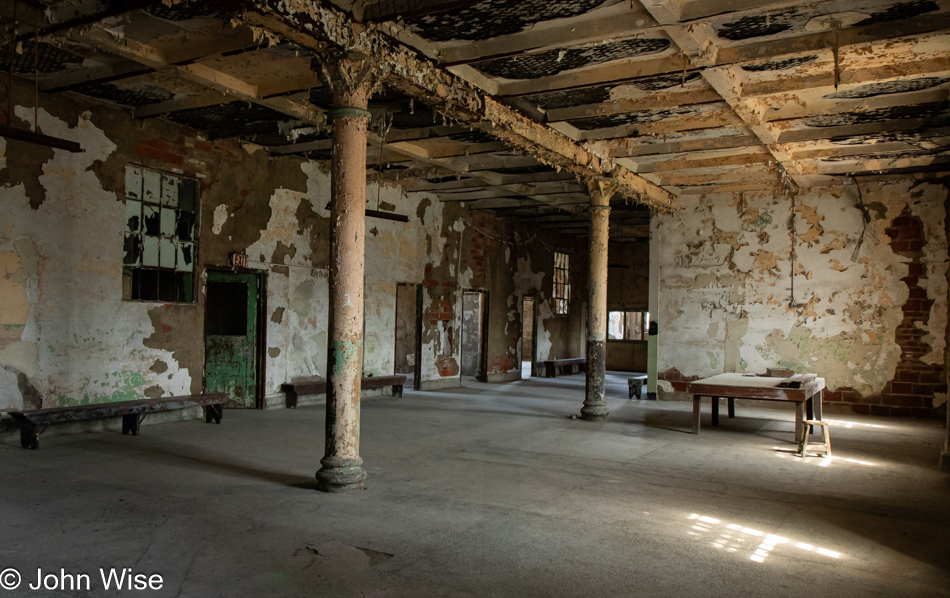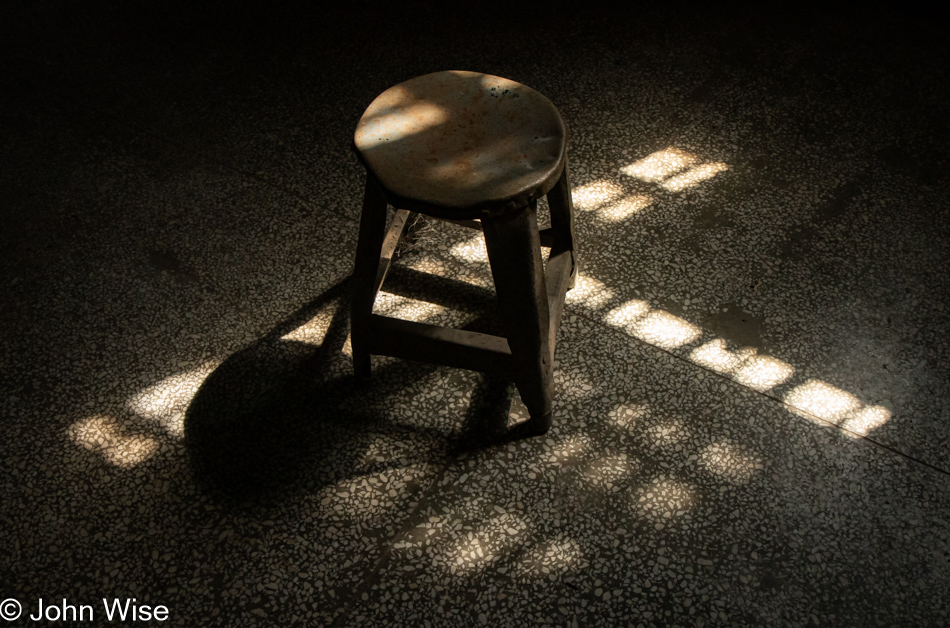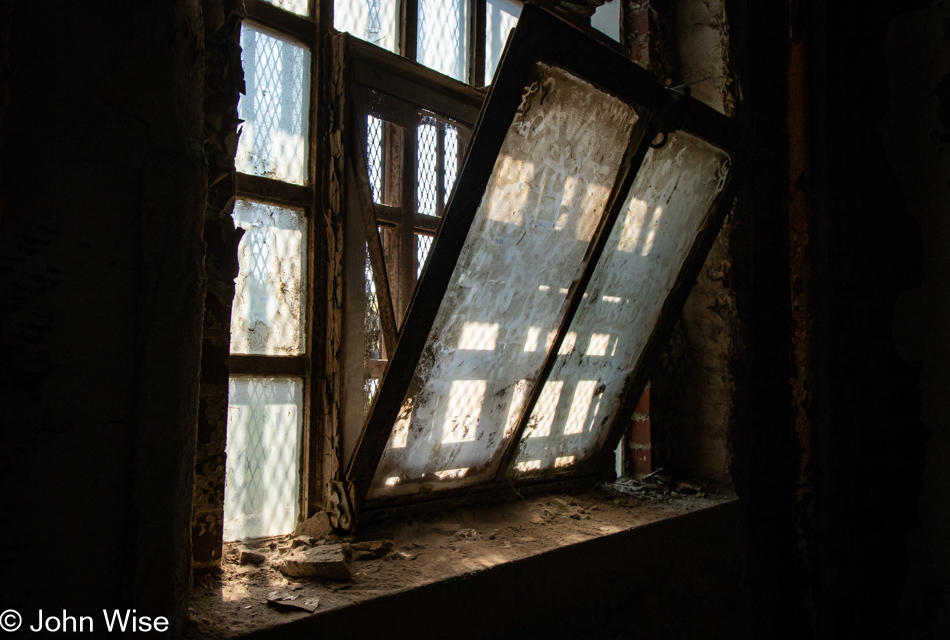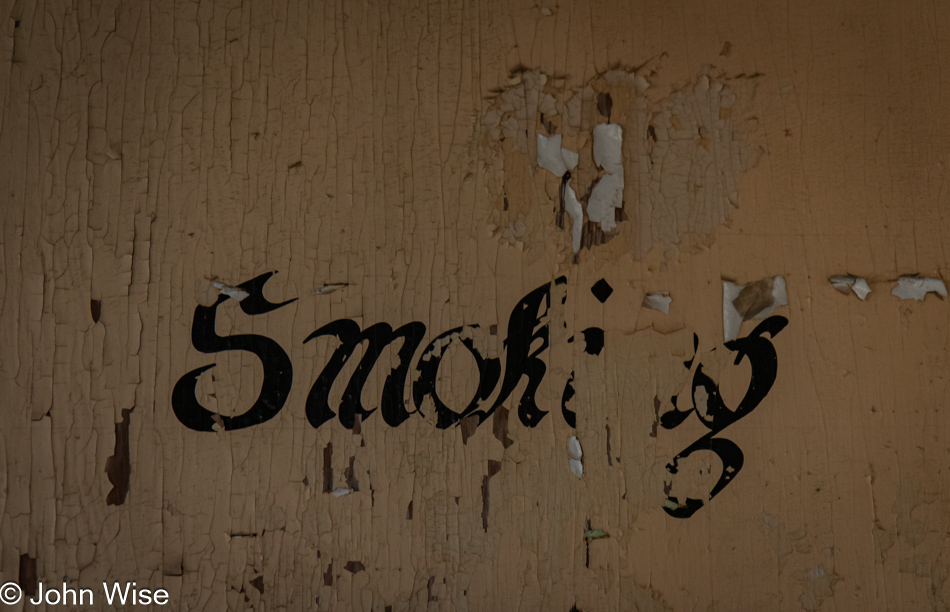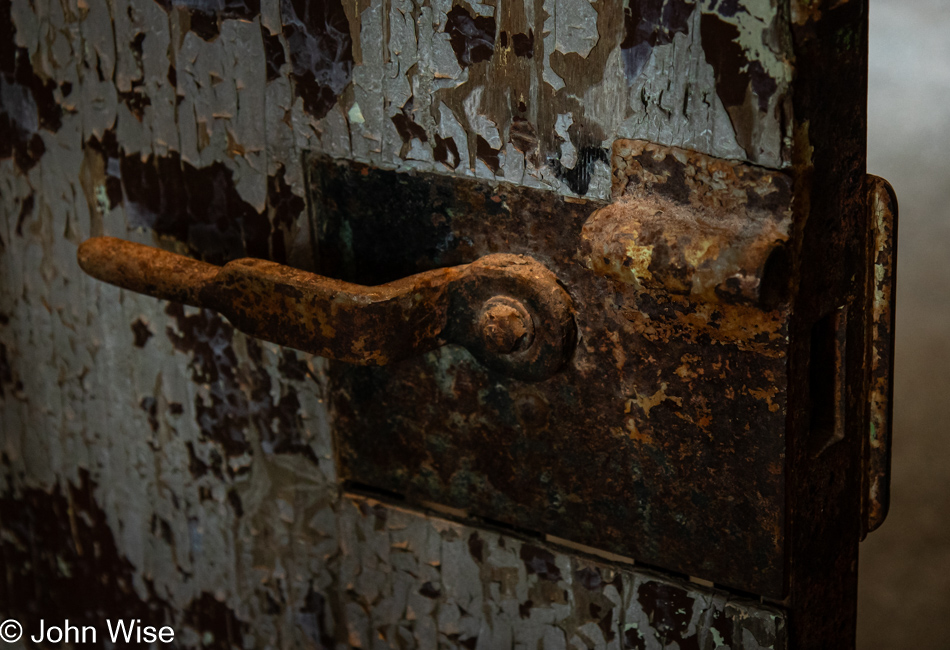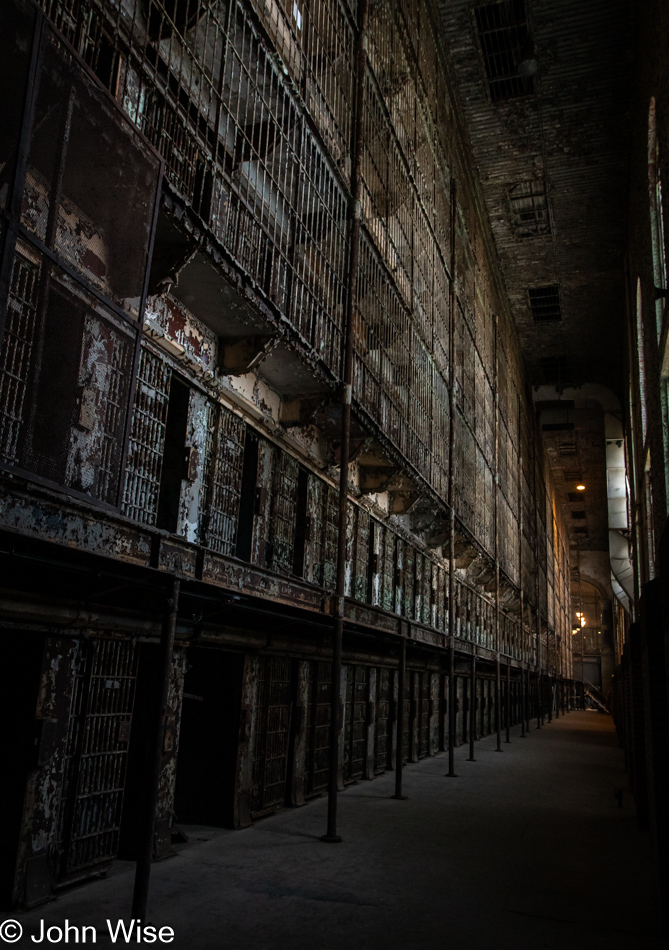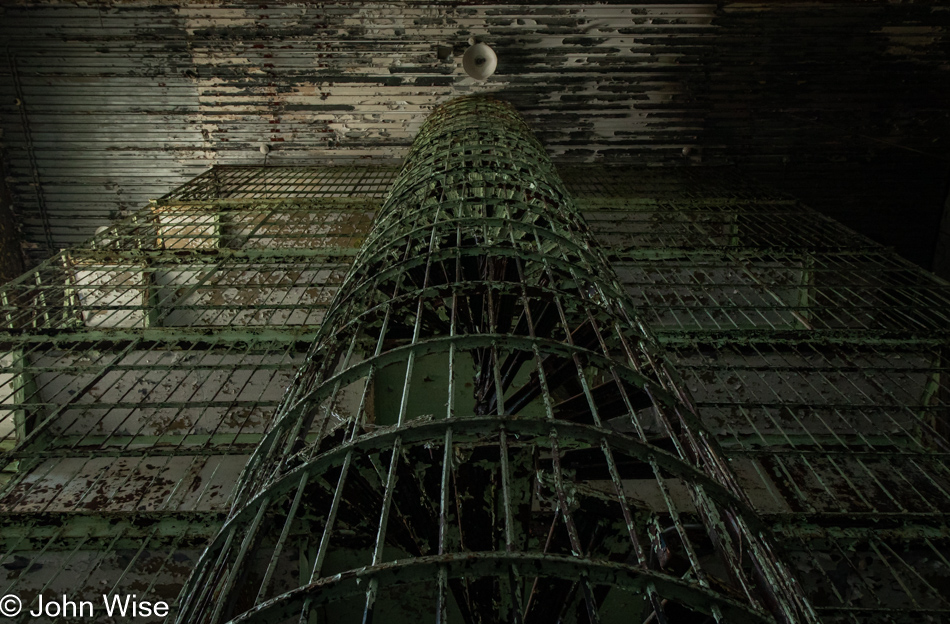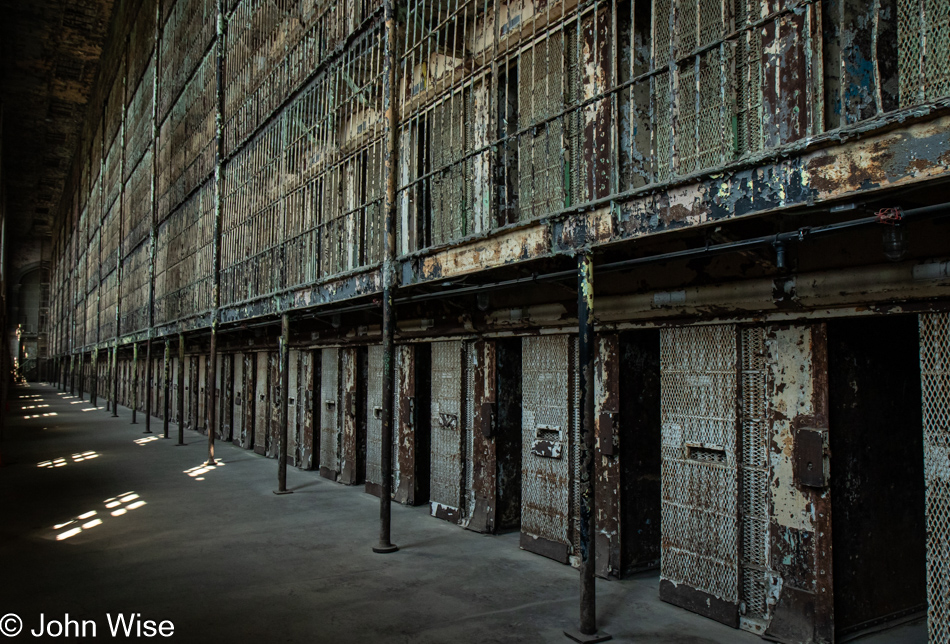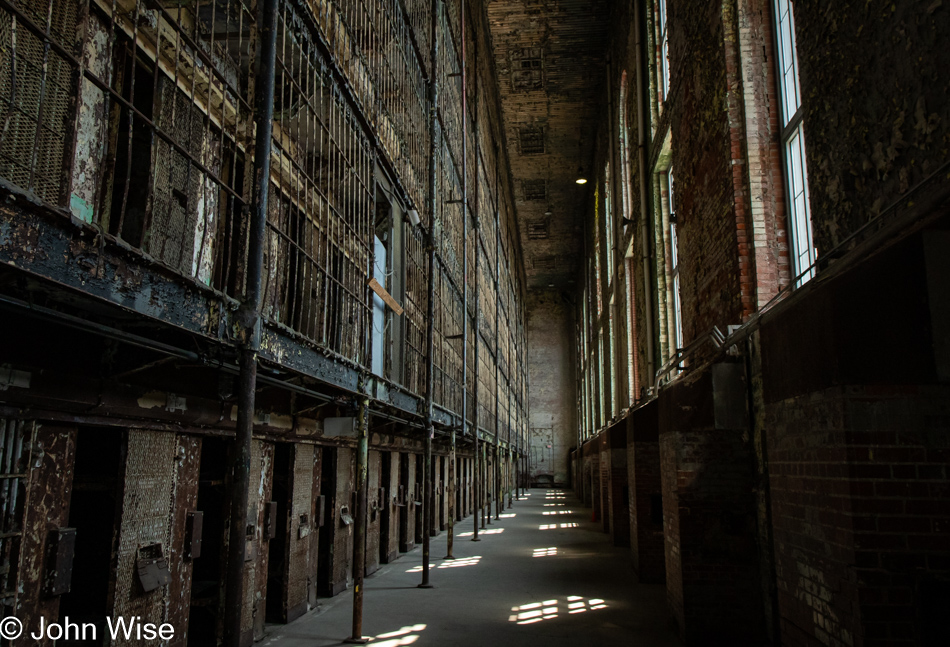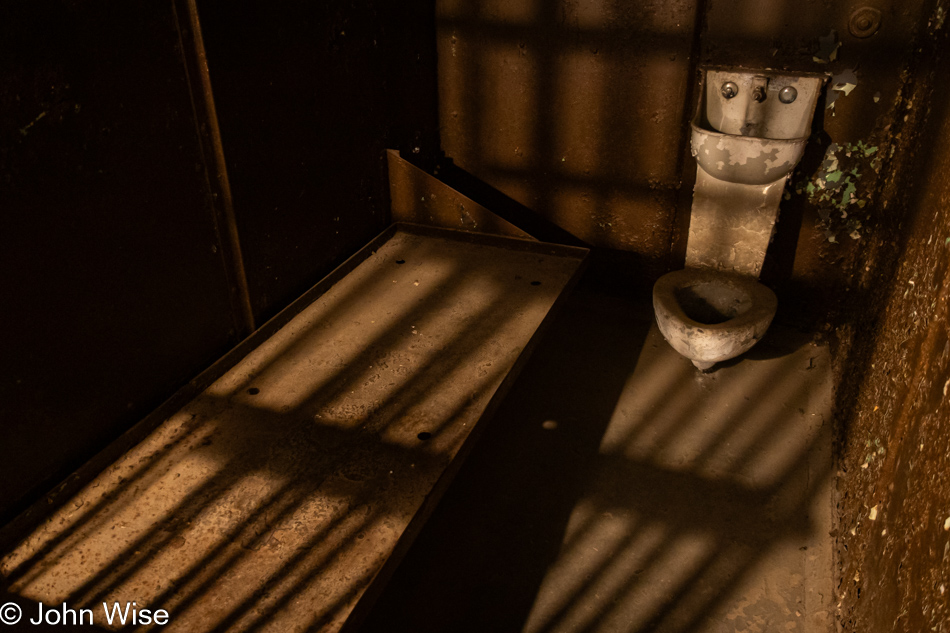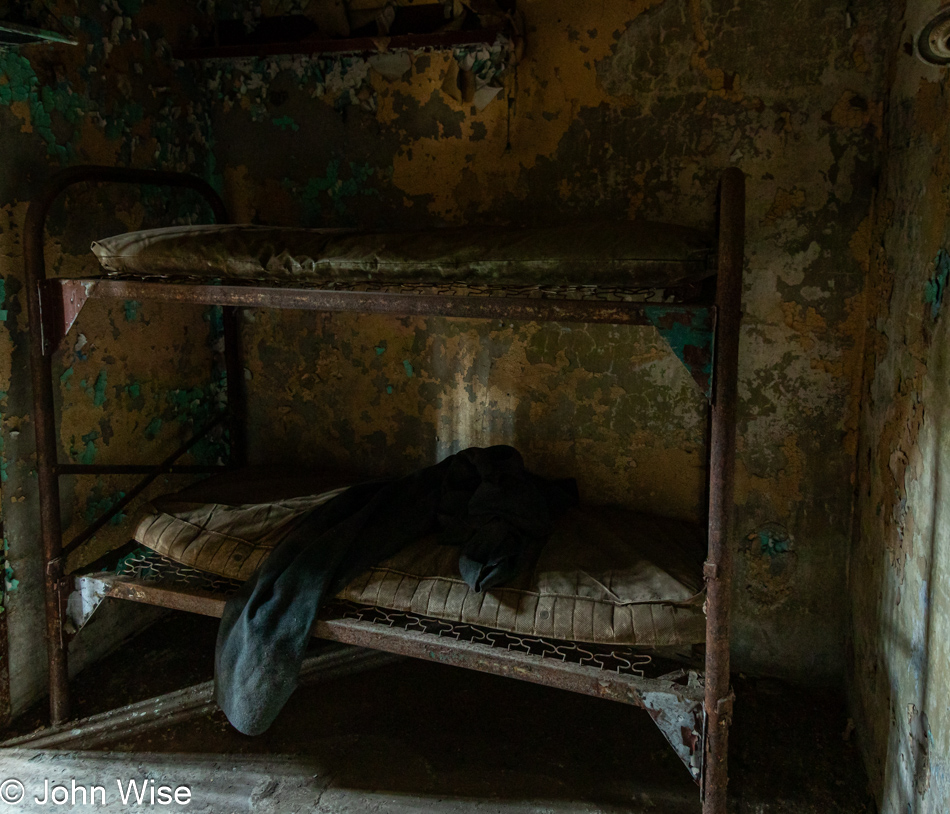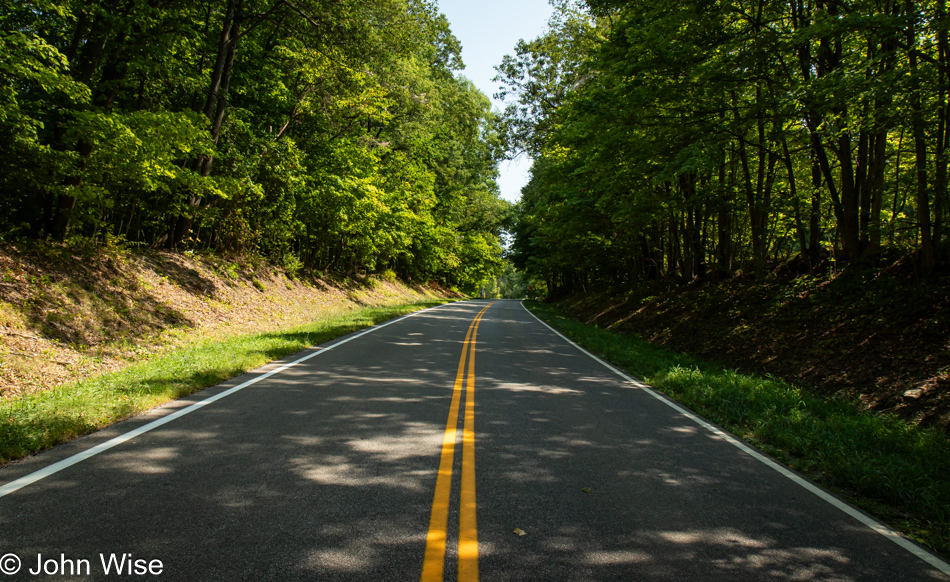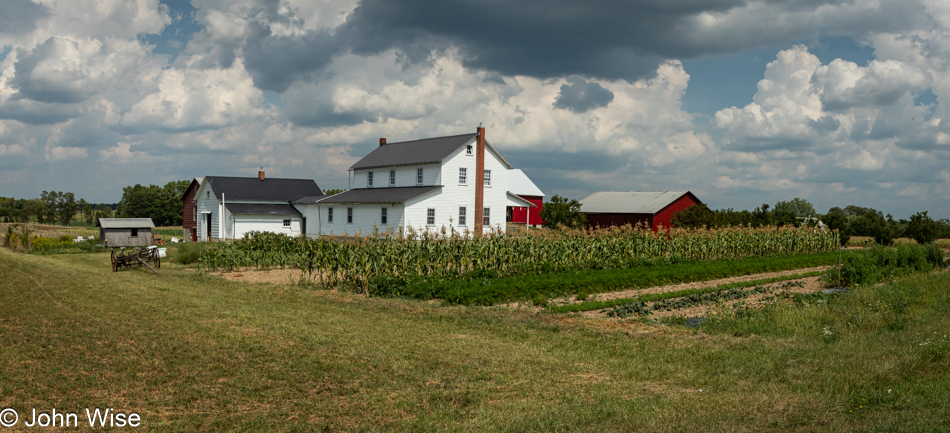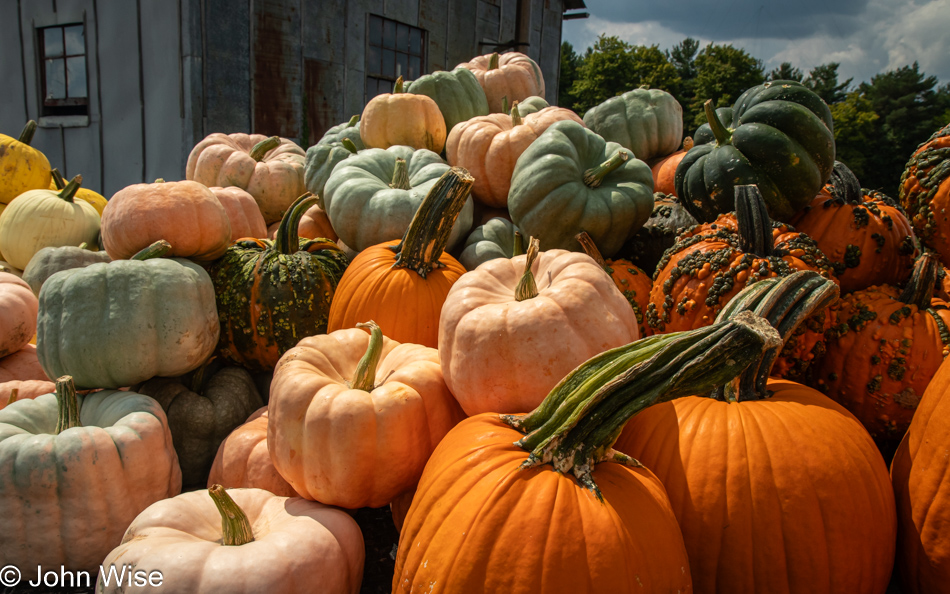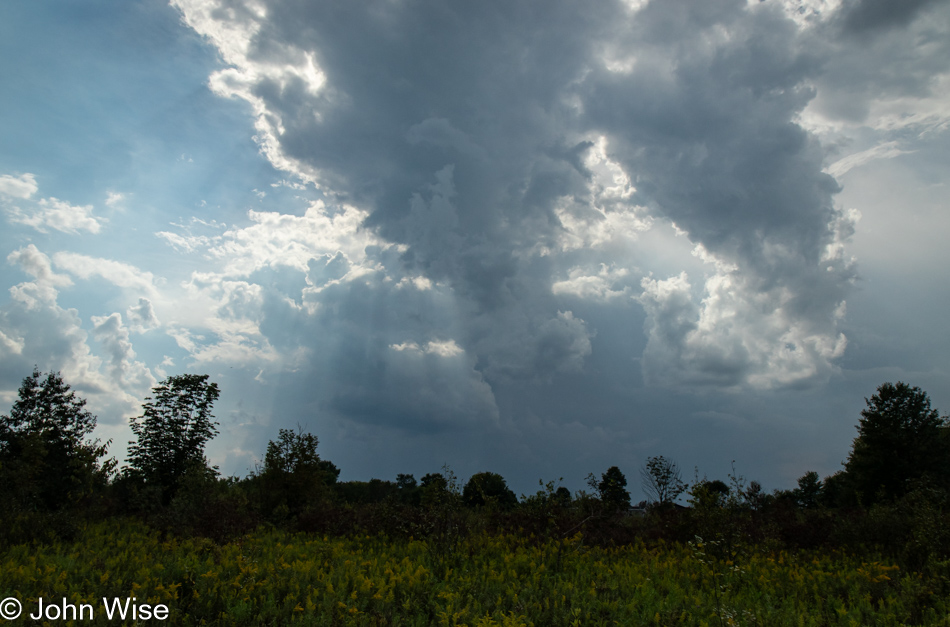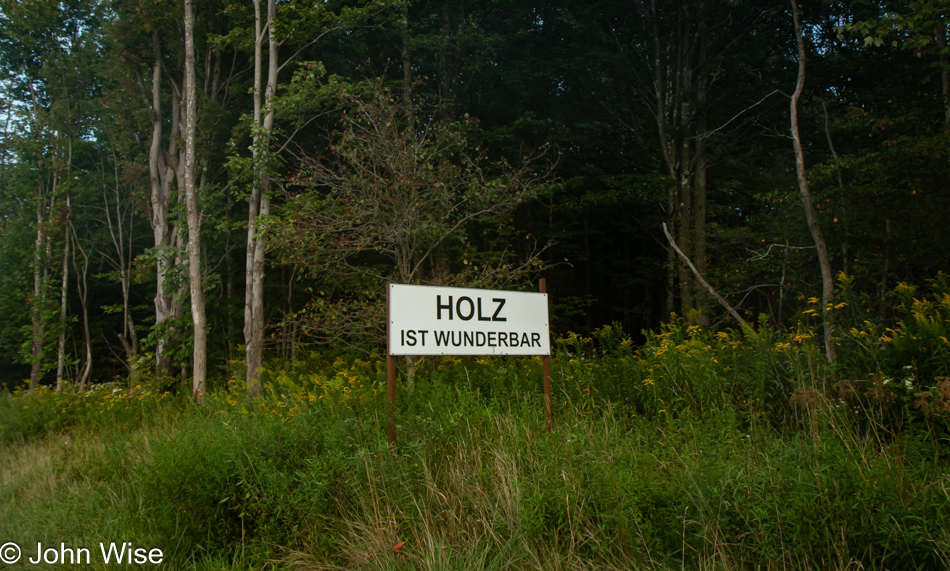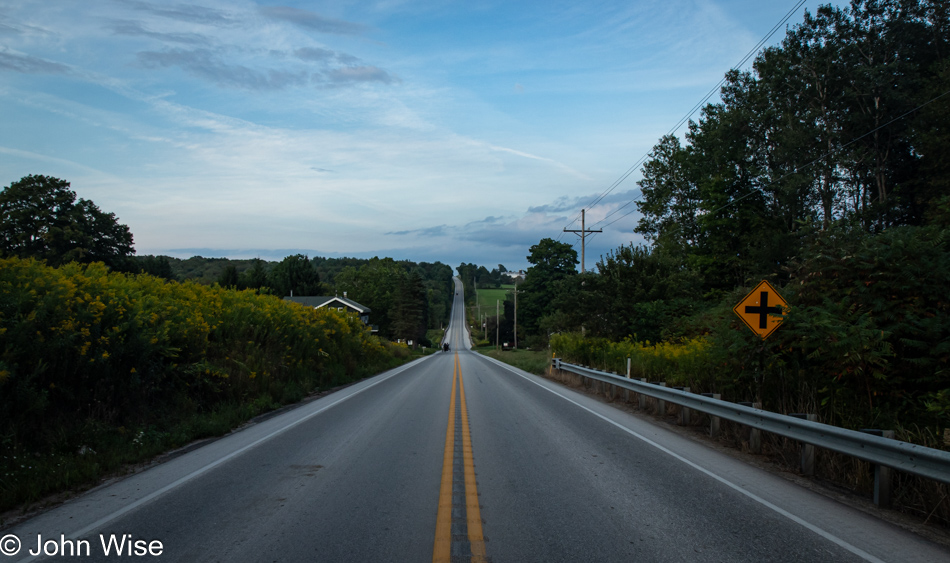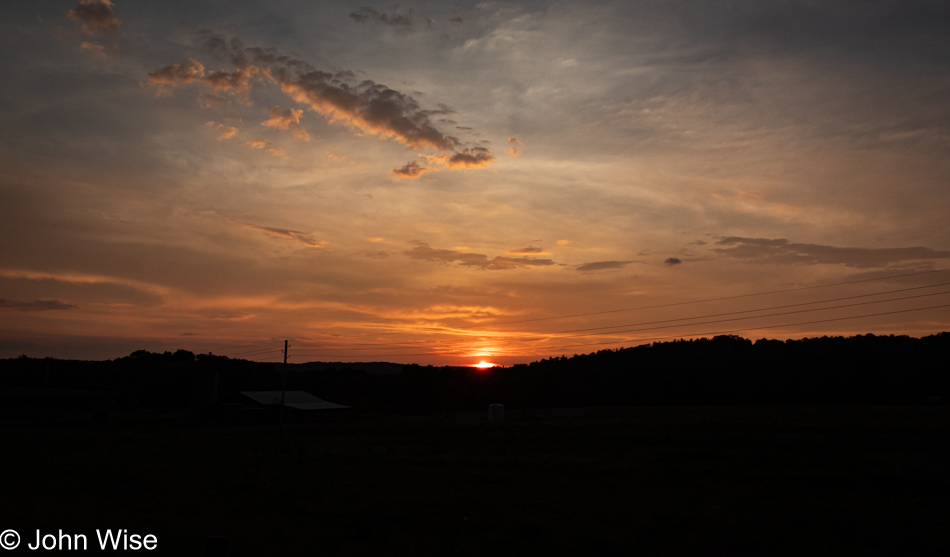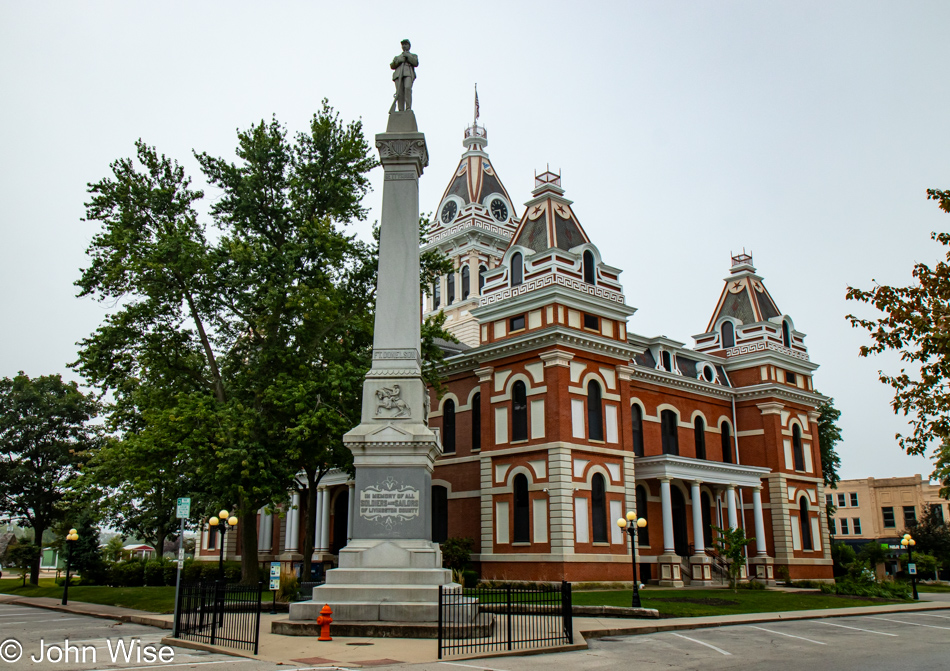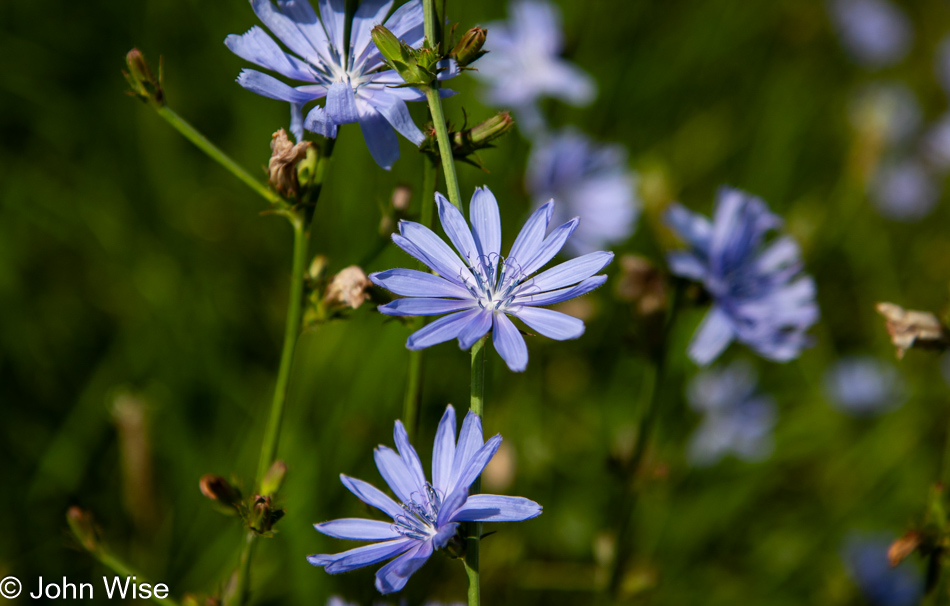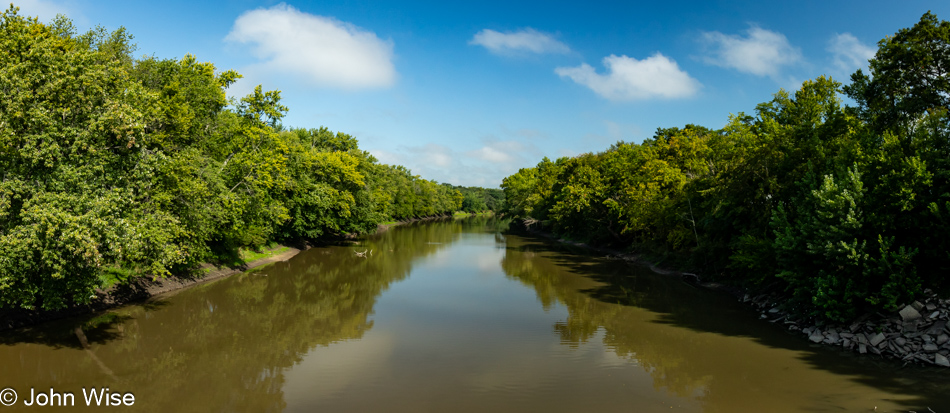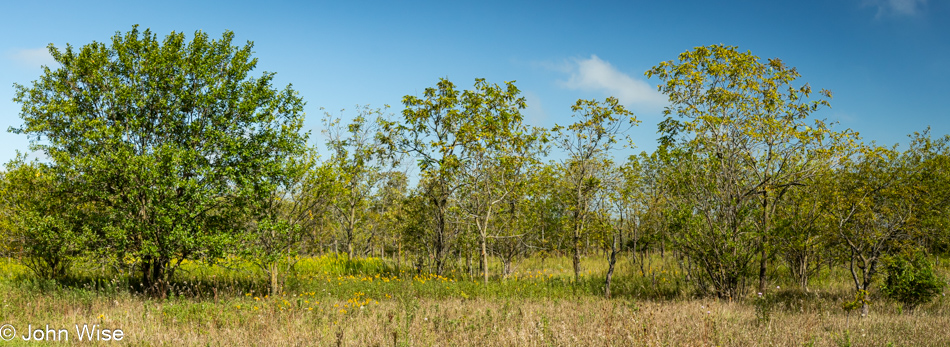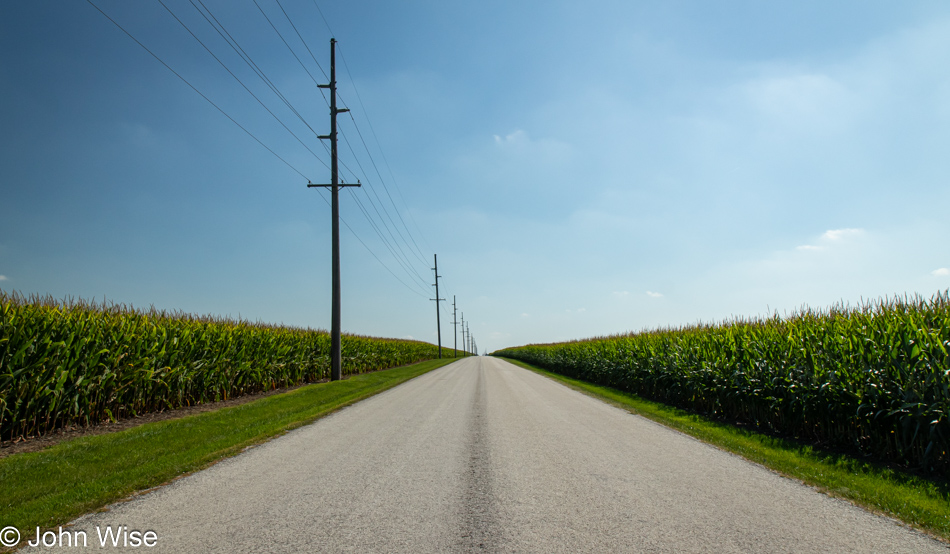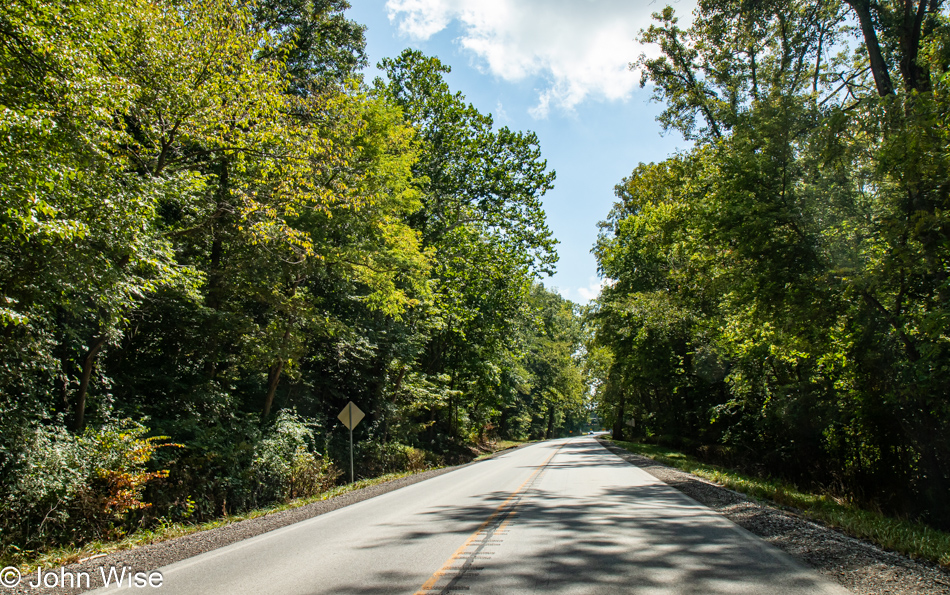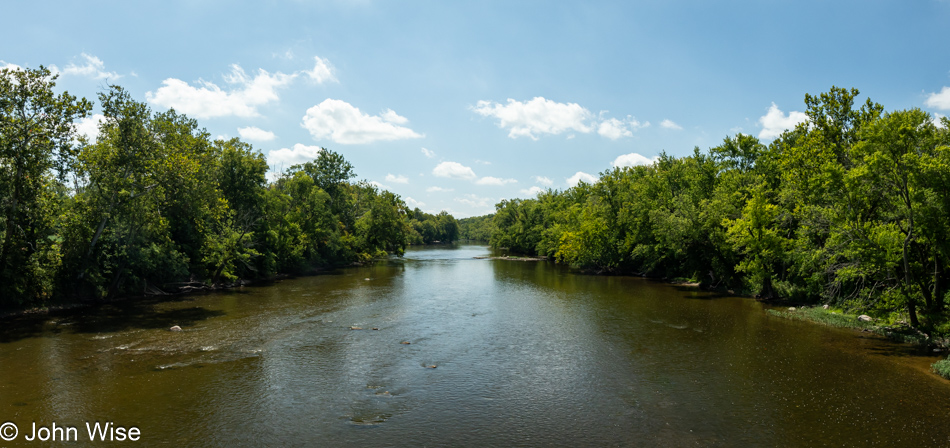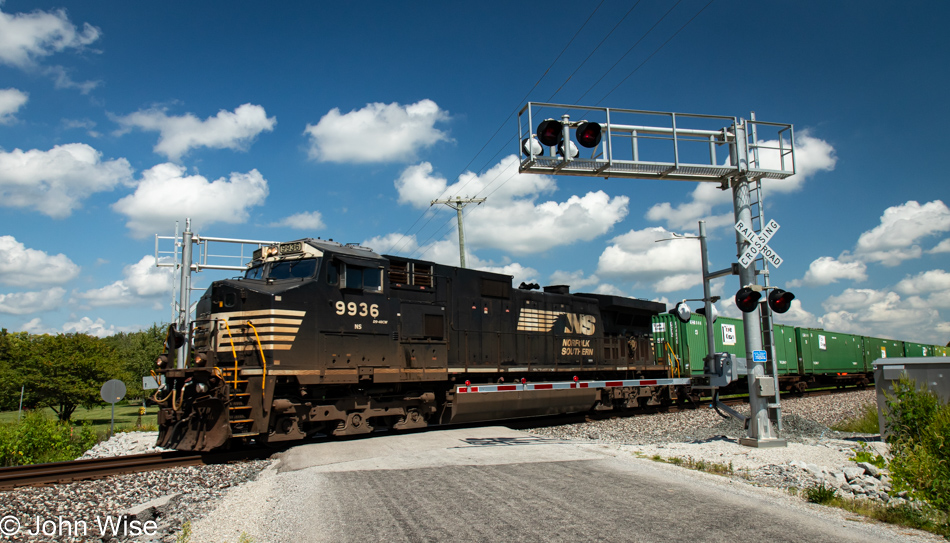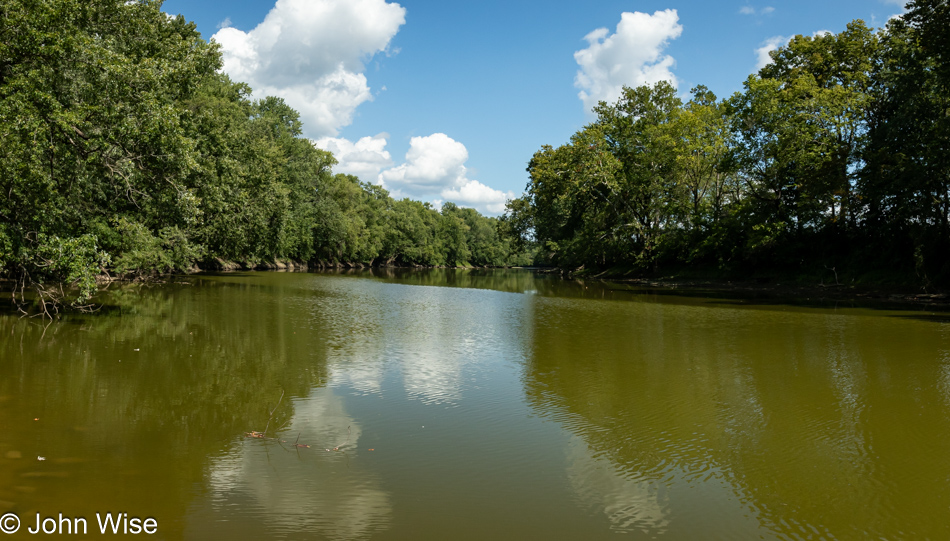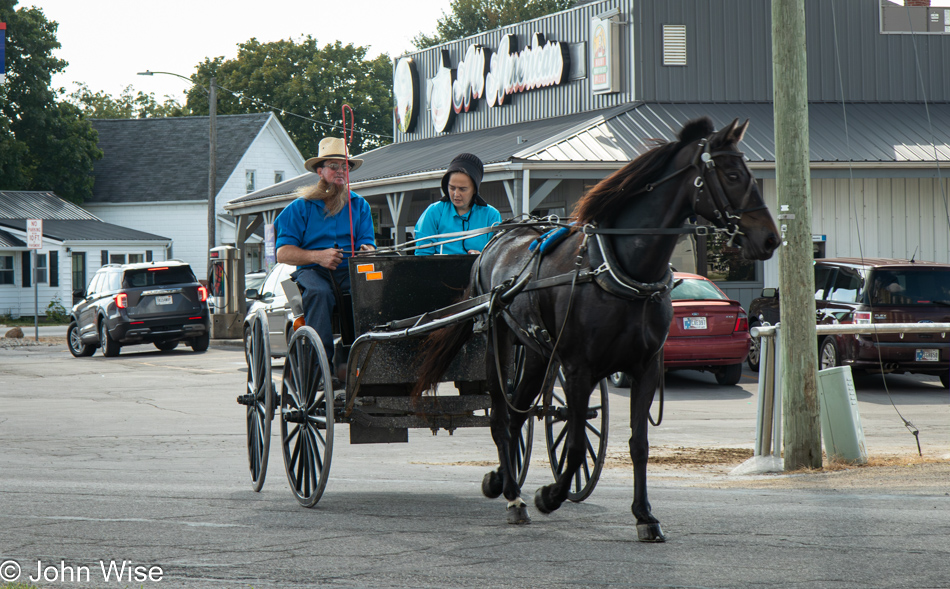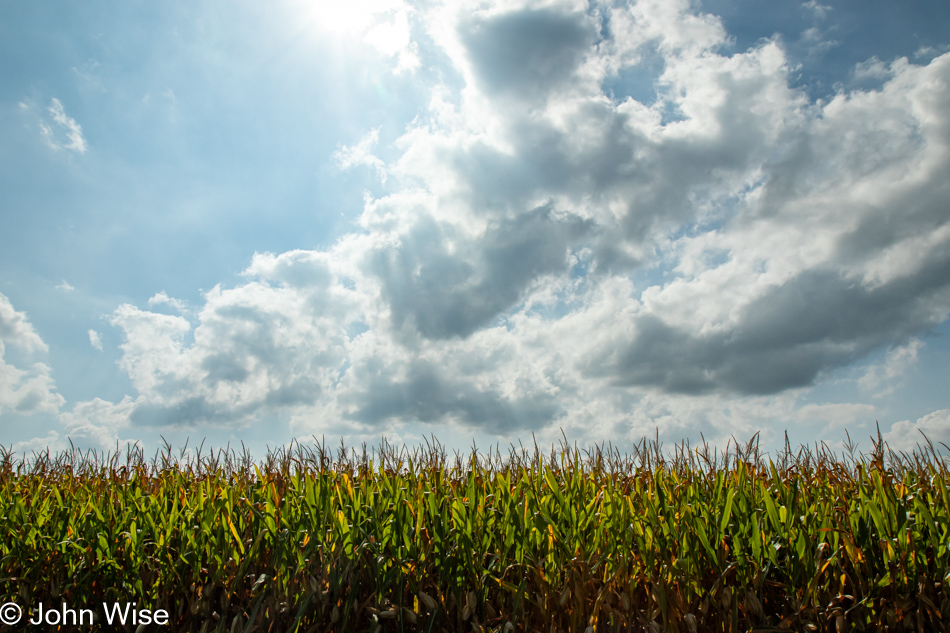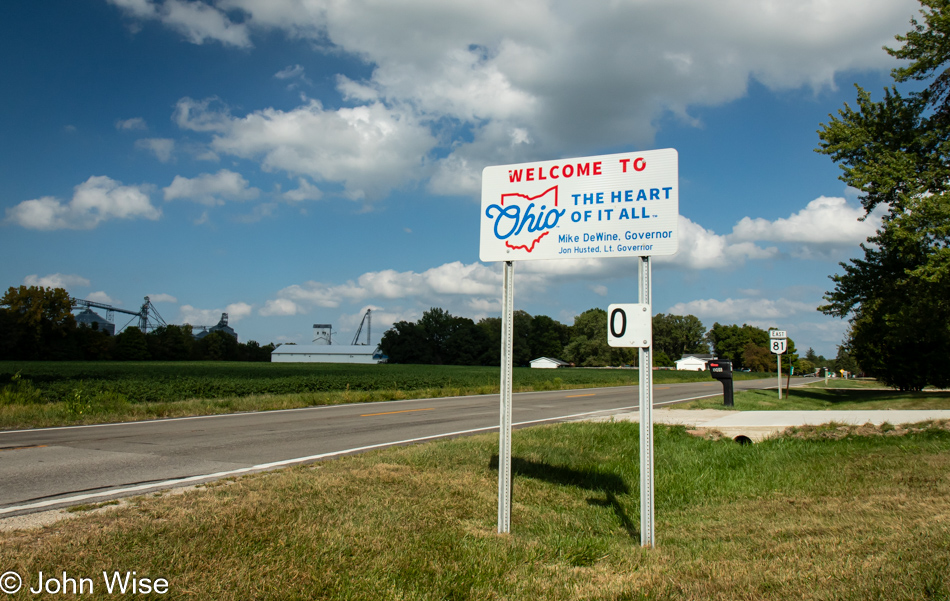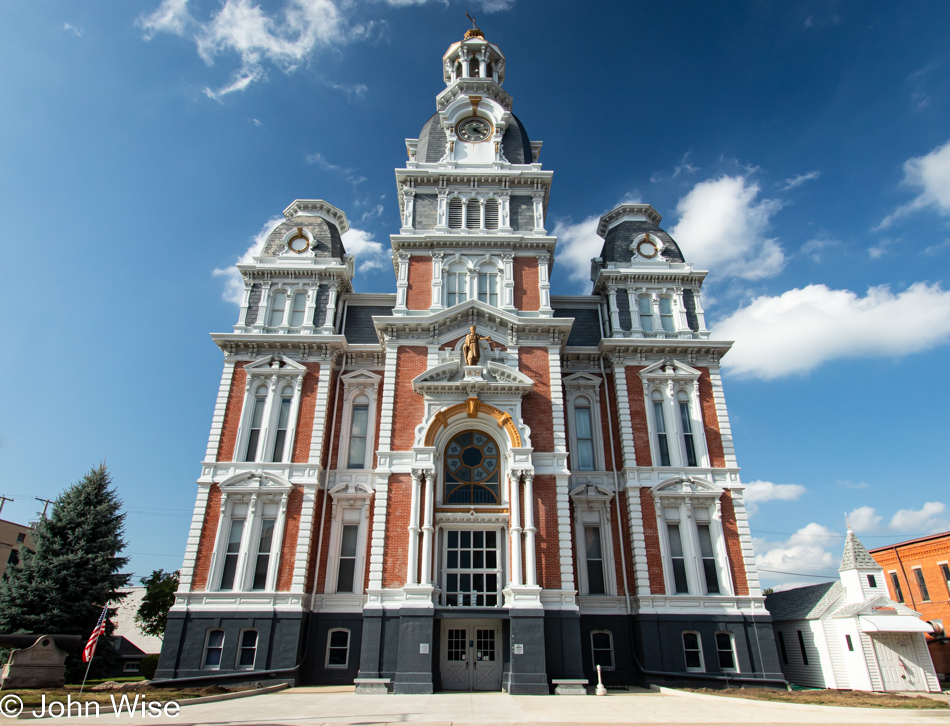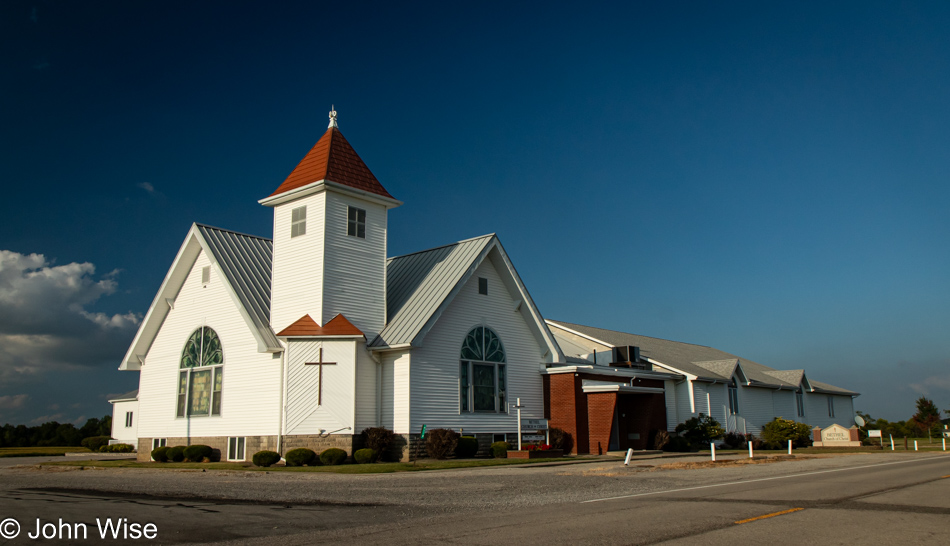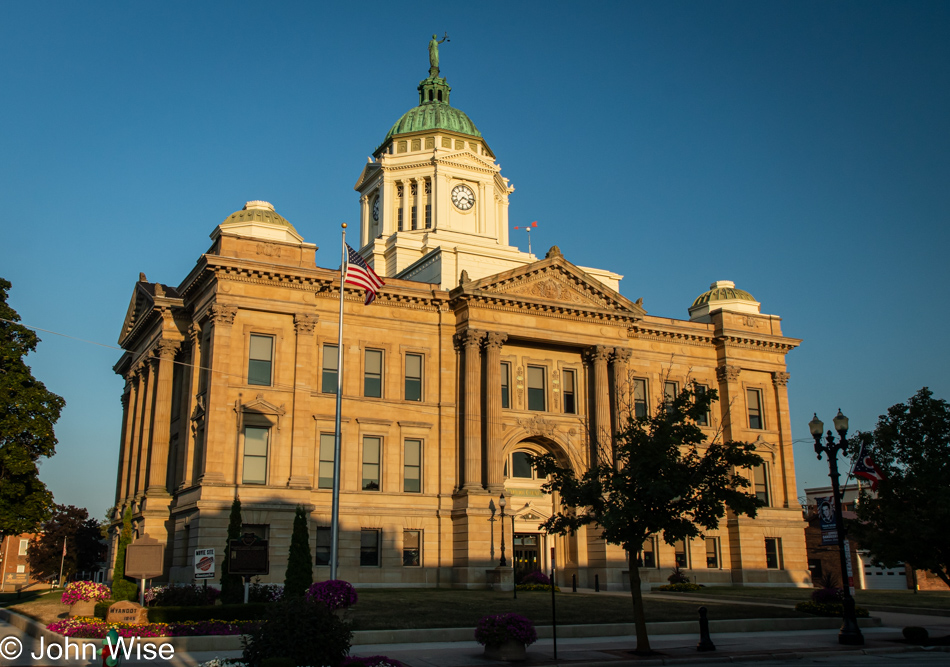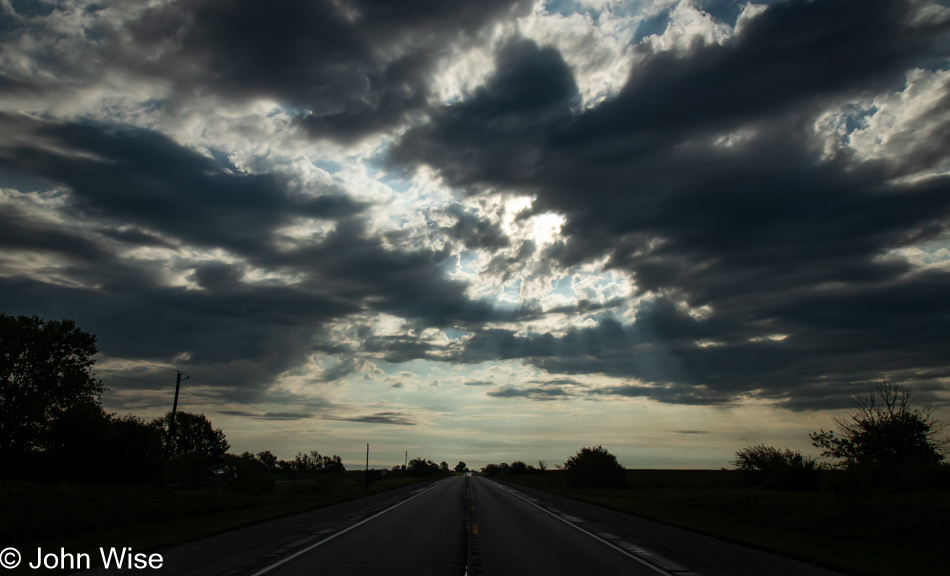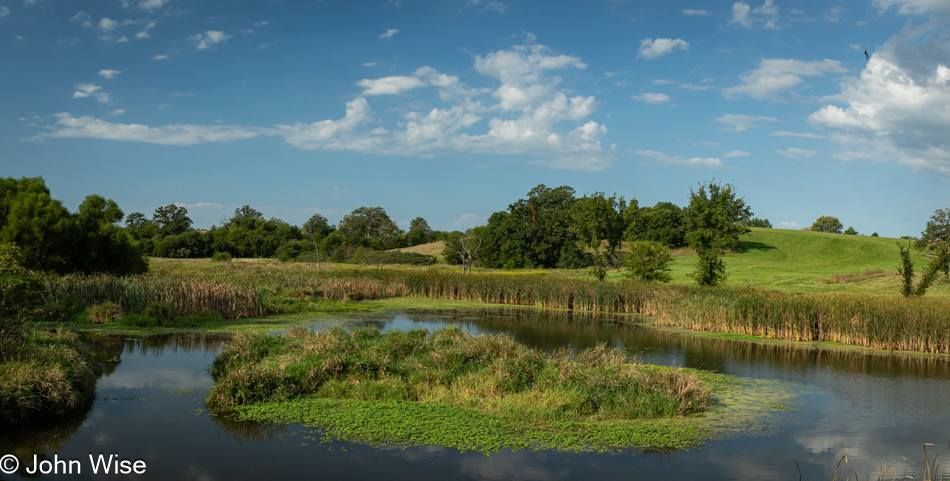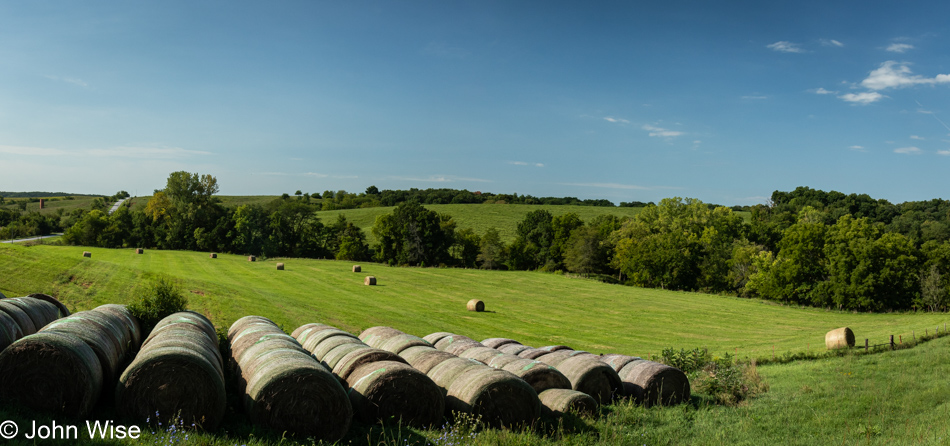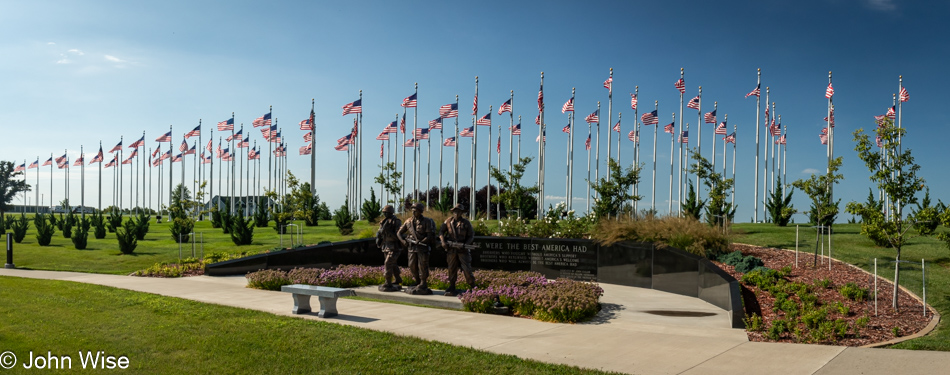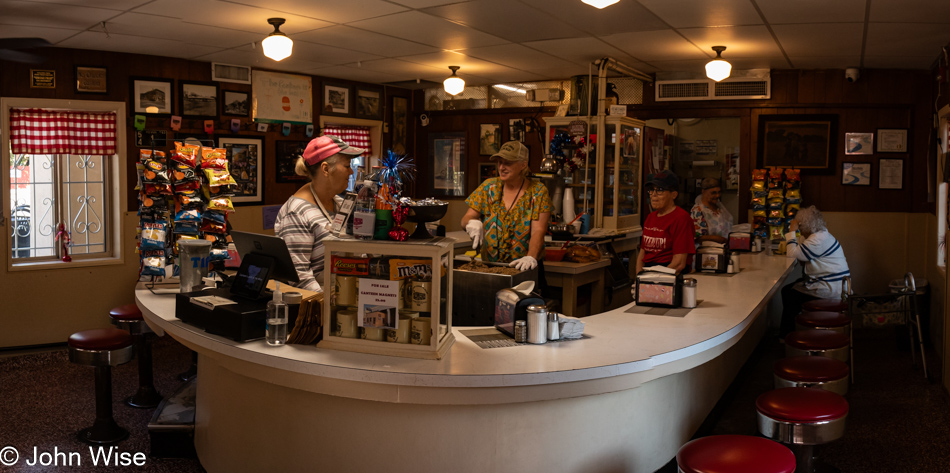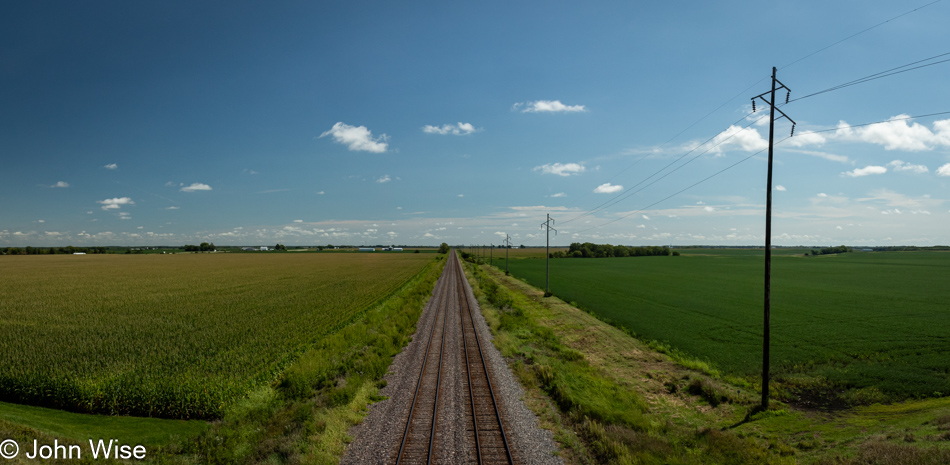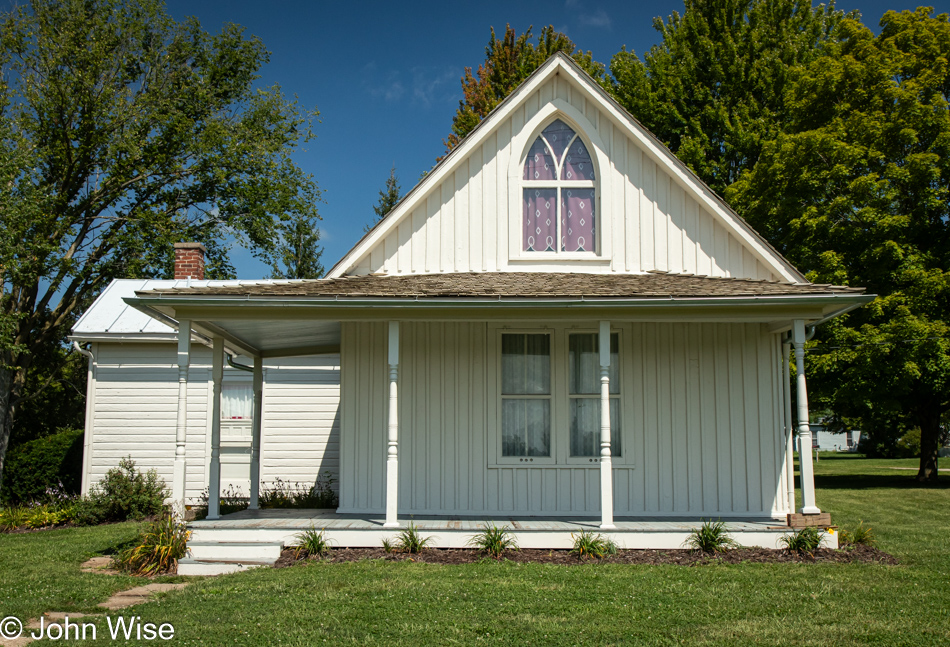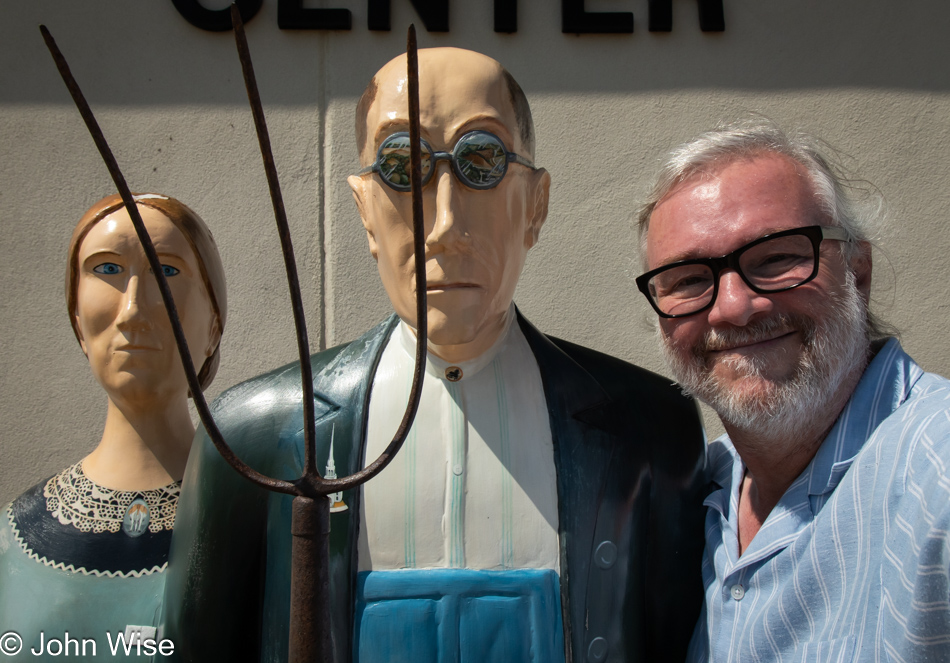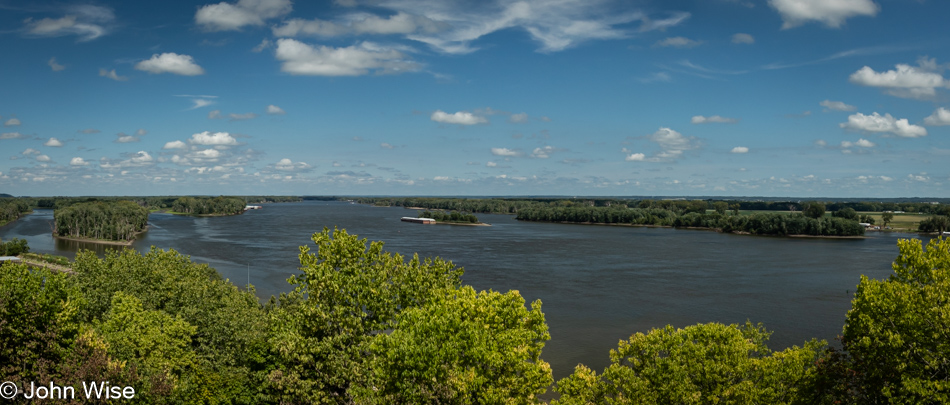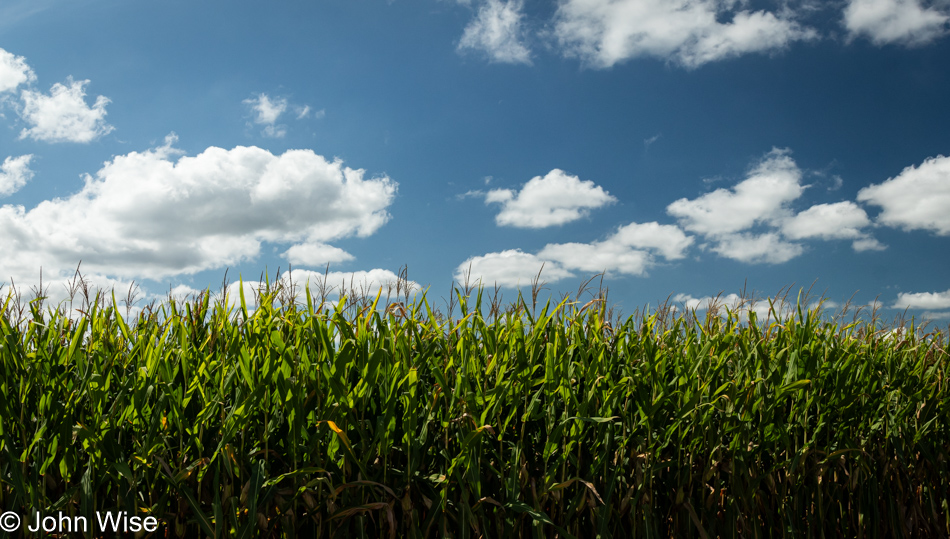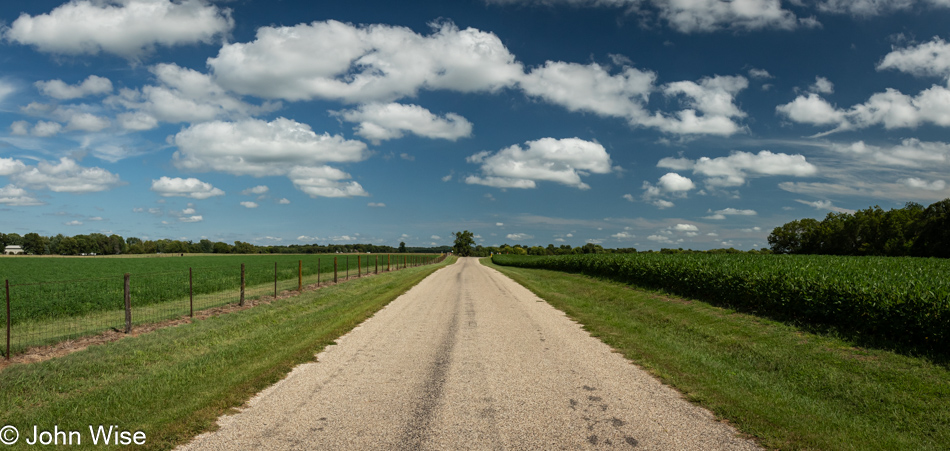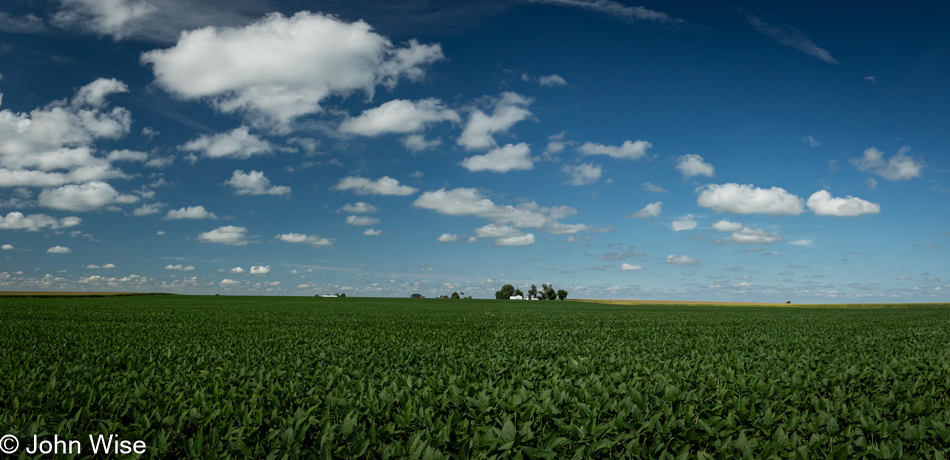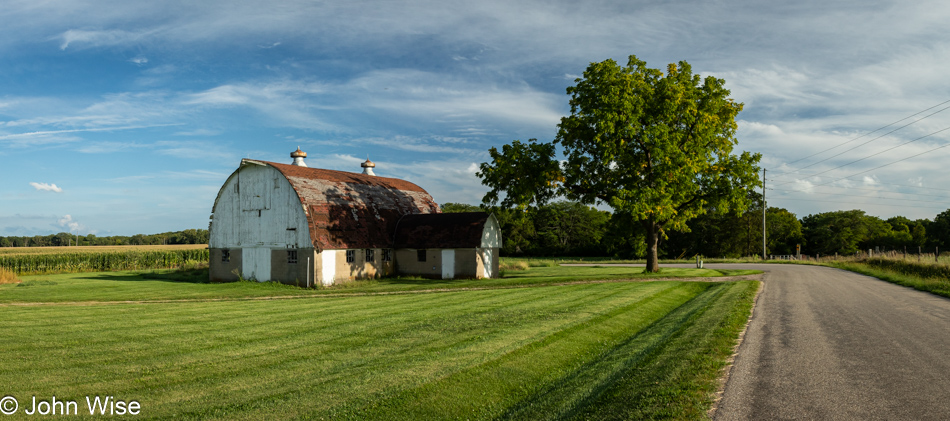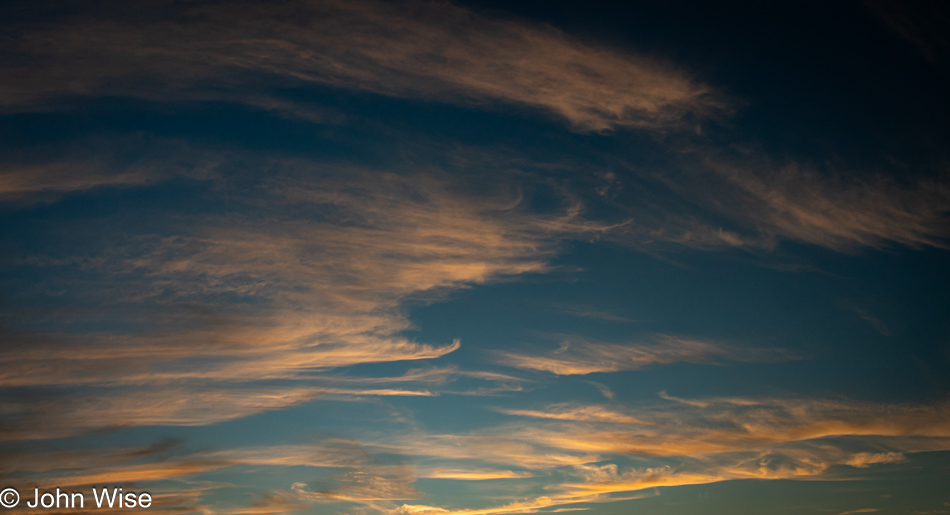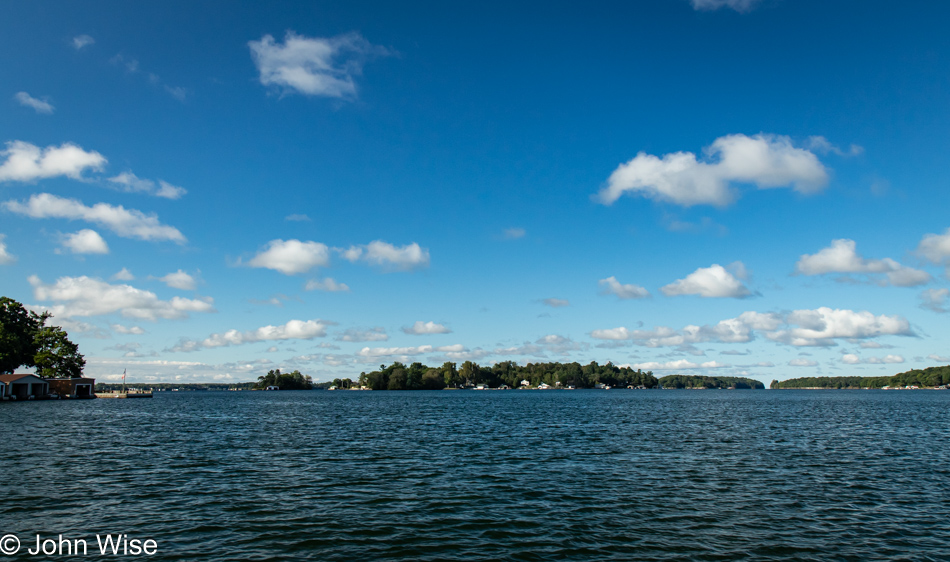
Obviously, we didn’t rise with the sun, though maybe we did, but we were stuck in our hotel room with me hammering at the keys of my notebook to finish yesterday’s blog. I tried my best but came up short and still had more writing to do by the end of the day. If you are getting confused about which day I’m writing about and on what day, I’m starting to have the same problem because, once again, we are hard at work shoving a few days of experience into 16 hours of activity. As soon as we were out of our second uncomfortable tiny cottage and on our way, we needed to head directly to Wellesley Island, where we met Jordan Beach of Thousand Islands Private Boat Tours. Earlier this year, when planning this vacation, I’d come across his information while looking for something more immersive than a 30-minute tour with 75 other people looking for some quick and fast entertainment. While our three-hour tour wasn’t cheap, I’ll tell you early in this post: it was nothing short of perfect.
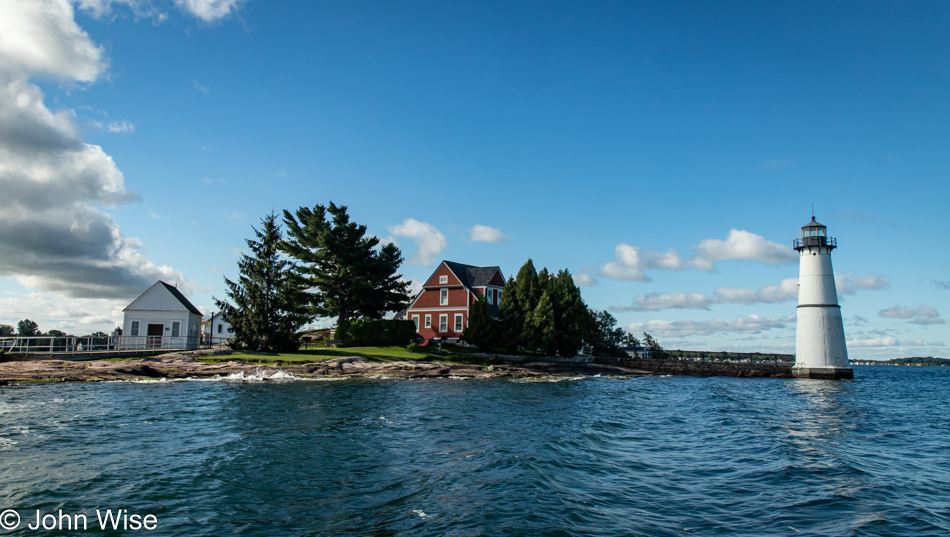
You might even recognize the subject matter of this photo because just yesterday, we flew by the Rock Island Lighthouse like a speeding bullet on some very choppy waters, but today, we are on a slow and smooth cruise that is allowing us to soak up the St. Lawrence Seaway 1000 Islands experience in the lap of luxury.
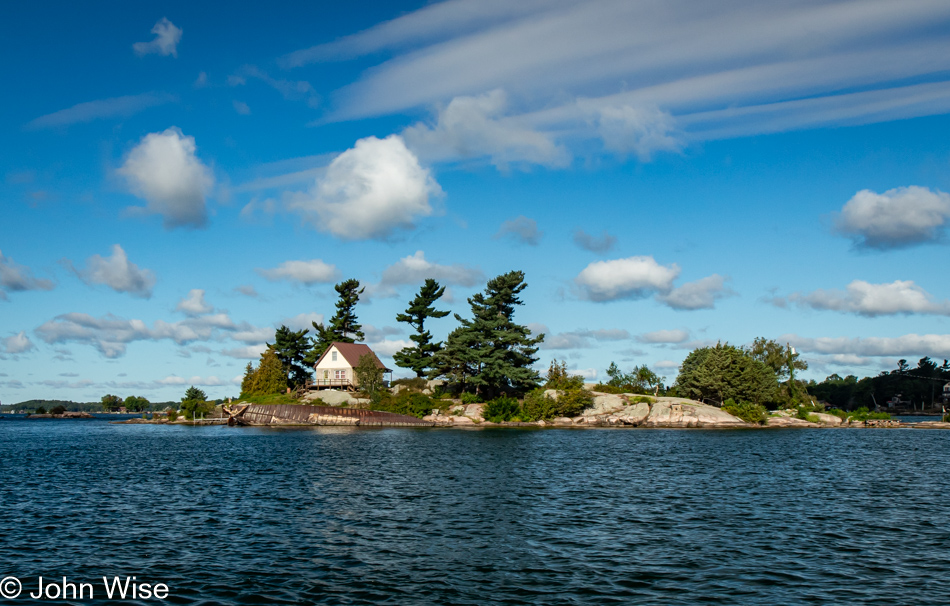
We’d have never imagined visiting this shipwreck and the lighthouse twice in our lifetimes, but here we are, two days in a row, getting out on the water as if we belong here. With the calm winds, quiet craft, and better lighting conditions, it is as though we are seeing much of it for the very first time.

From there, the trip up and down the river took on a very different experience as we started exploring parts of the U.S. and Canadian sides of the river we hadn’t taken in yesterday. This bridge connects Wellesley Island with the U.S. mainland. [It is a toll bridge, privately owned – Caroline]
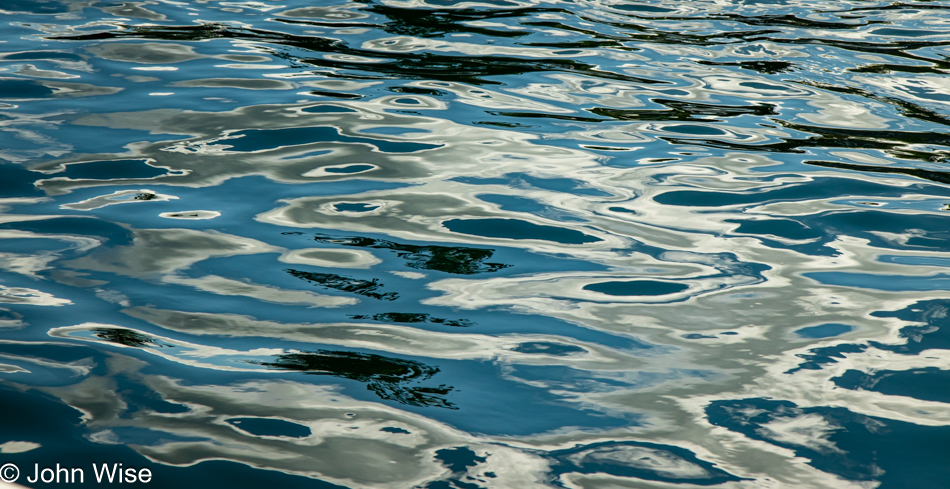
An image such as this may not convey a lot of information immediately, but for me, looking into the mostly calm waters moving towards a glassiness reflecting sky and clouds, I find serenity and calm that sadly is fleeting as the boat keeps moving and the surface of the river is always changing.
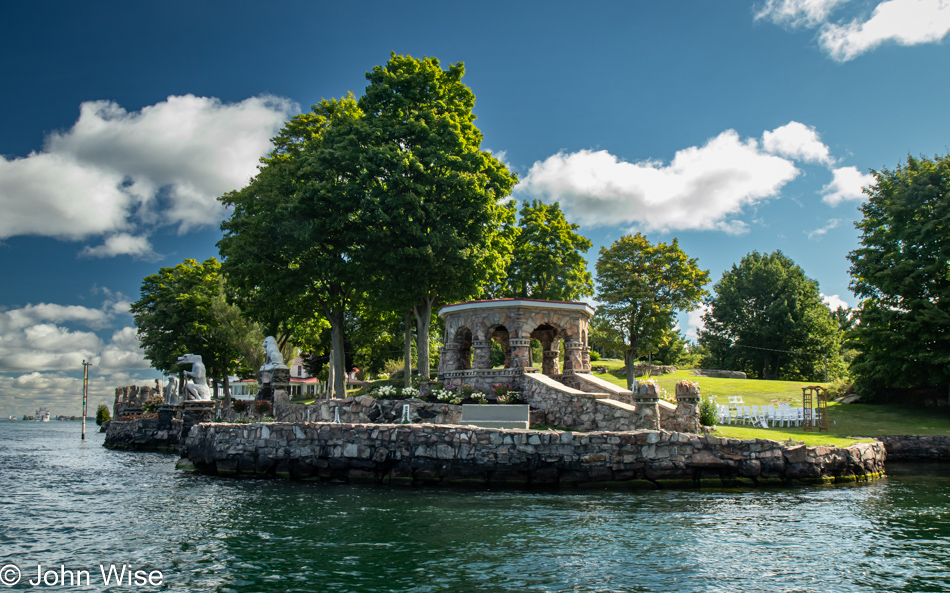
There are extraordinarily ornate homes along the mainland shore and on many of the 1,864 islands that often reflect an age gone by when nobody but the wealthiest were out here building, including several luxury hotels on the local islands (one was seven stories tall!), but those all burned down.
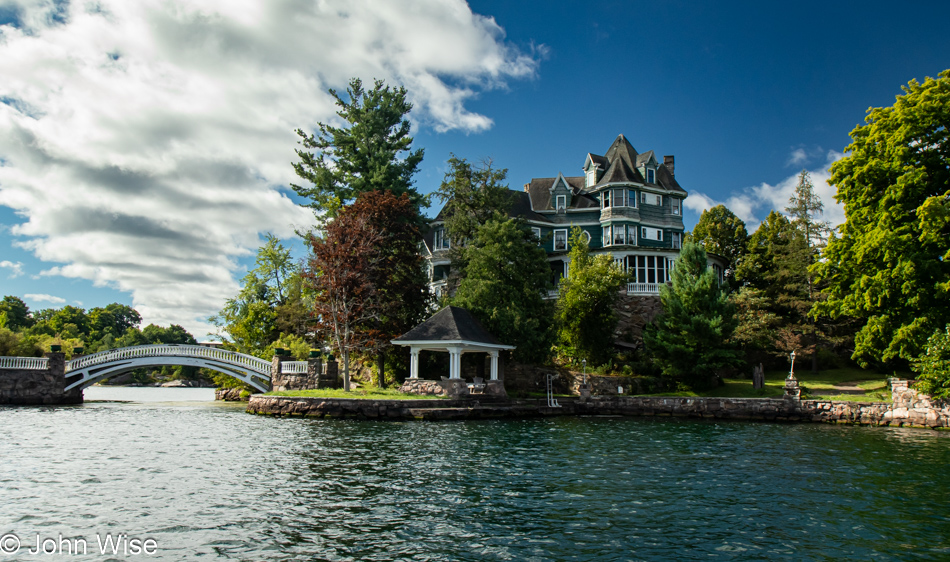
This home sits on the east side of the island also shown in the previous photo. An arched bridge connects a smaller secondary island to the bigger one. Our captain told us that this location is often used for weddings.
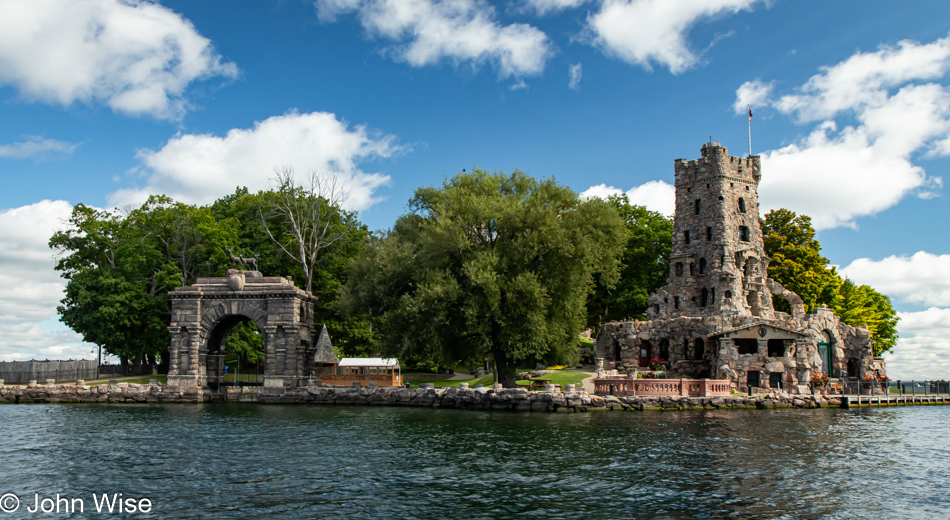
This towering structure on the right was designed to be the playhouse of the former owner’s children, no joke. George Boldt, a wealthy hotelier, also designed a castle as a dedication for his beloved wife Louisa; it sits behind the trees. He spared no cost, even altering the island’s coastline to be heart-shaped because he wanted his wife to know how much he loved her. Tragically, the family never moved into the castle on Heart Island because Louisa died in 1904, just before it was completed. George immediately abandoned the project, so Bolt Castle sat empty and decaying for 70 years before the property was rescued and renovations began. Maybe on a return visit someday, we’ll take a tour of Heart Island, Boldt Castle, and its boat house, which sits on a nearby island and is accessed by a shuttle boat. This island is also a popular spot for weddings.
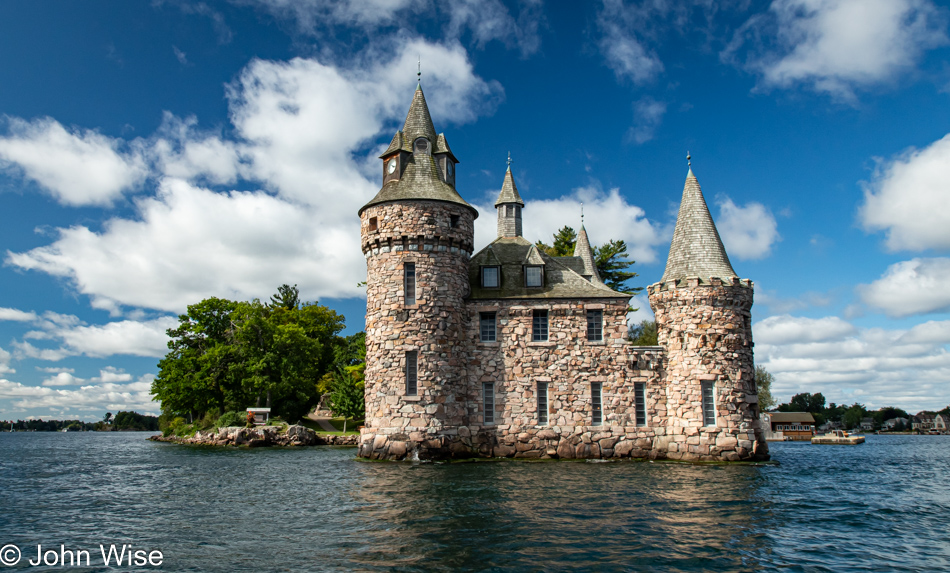
This is an extension of Heart Island that was purpose-built to contain the power station for the castle, allowing the structure to isolate the noise and hopefully let the prevailing winds blow the exhaust away from the home.
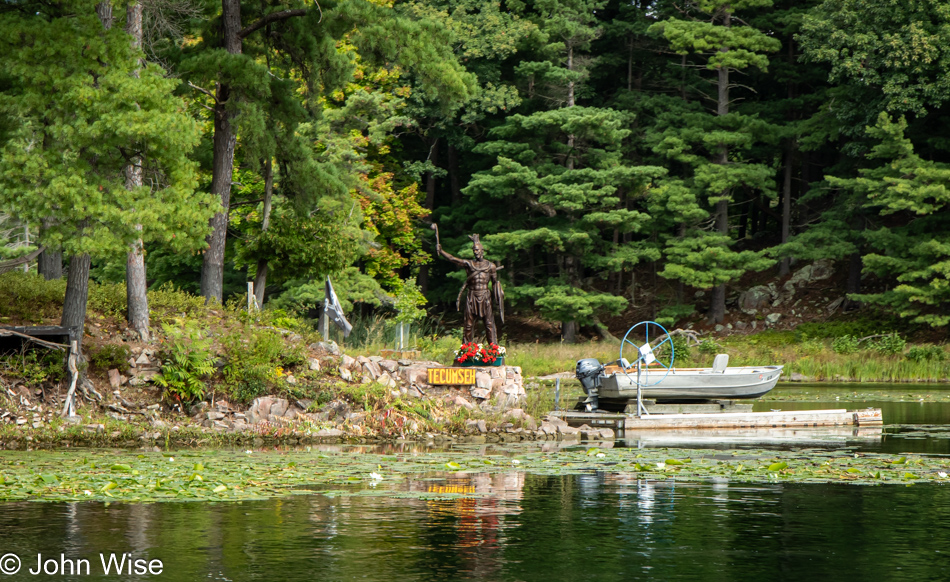
This was as close as we could approach the bronze statue of Tecumseh on Honey Bee Island. The channel we are traveling between the Canadian and American borders is very shallow. Getting any closer risked us running aground.
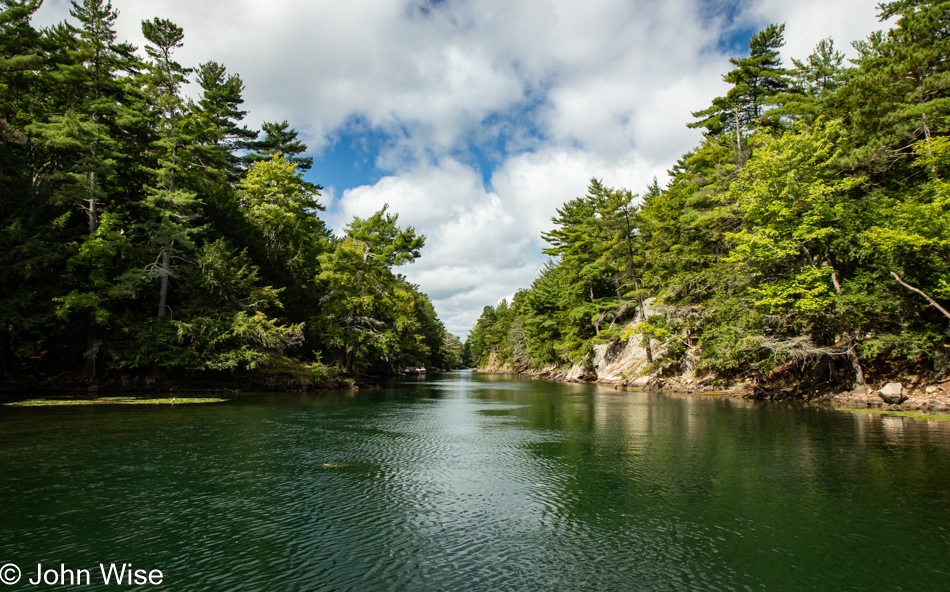
That’s Canada on the right and America on the left. I believe you could play frisbee between the two countries. This channel is known as the International Rift.

When you’re a poor island owner, your kids only get a tree house, not a castle playhouse like your well-to-do neighbors.
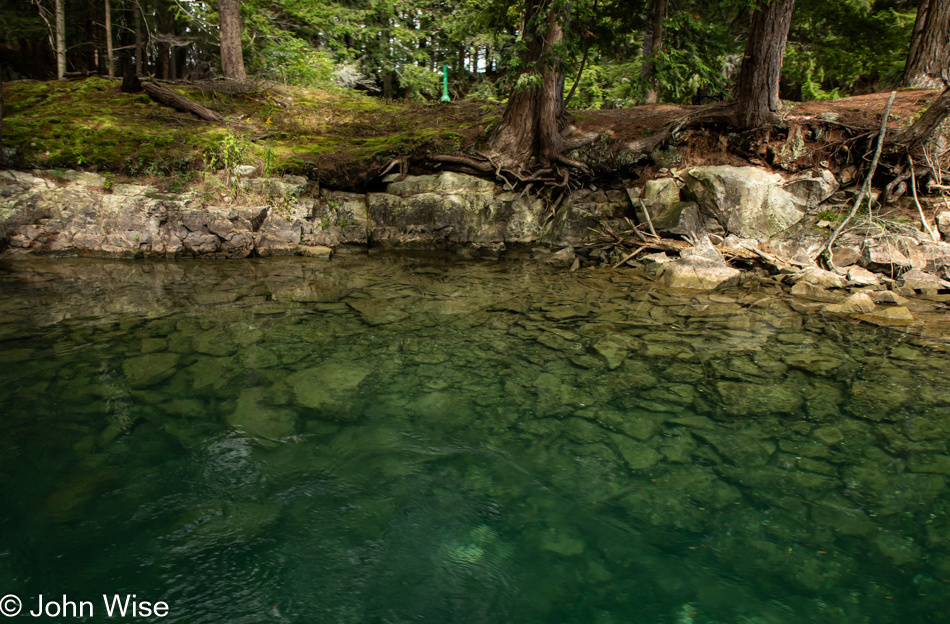
The water is that clear.
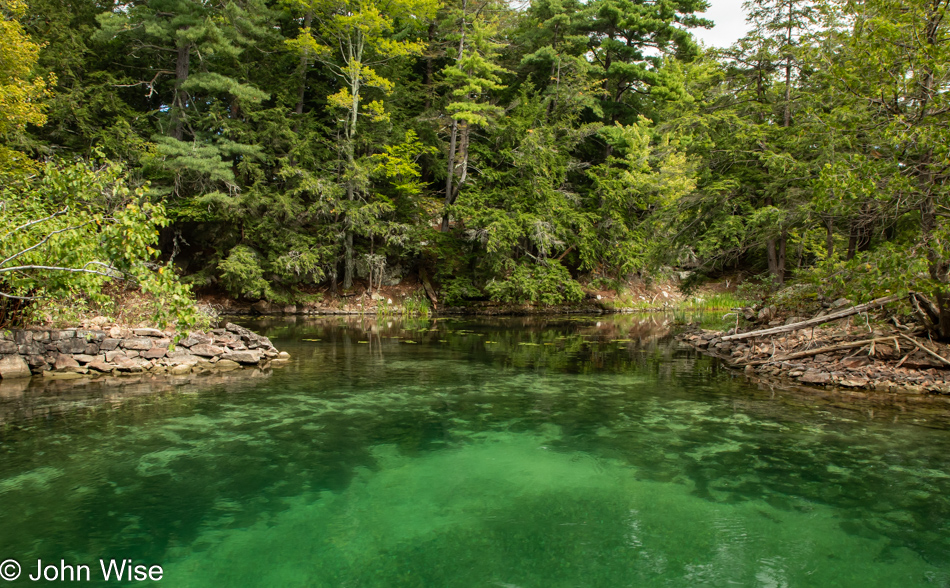
Originally, we were supposed to go swimming today in one of the nearby coves, but the air temperature between yesterday and this morning dropped 10 degrees, and it was too chilly for us to brave the waters.
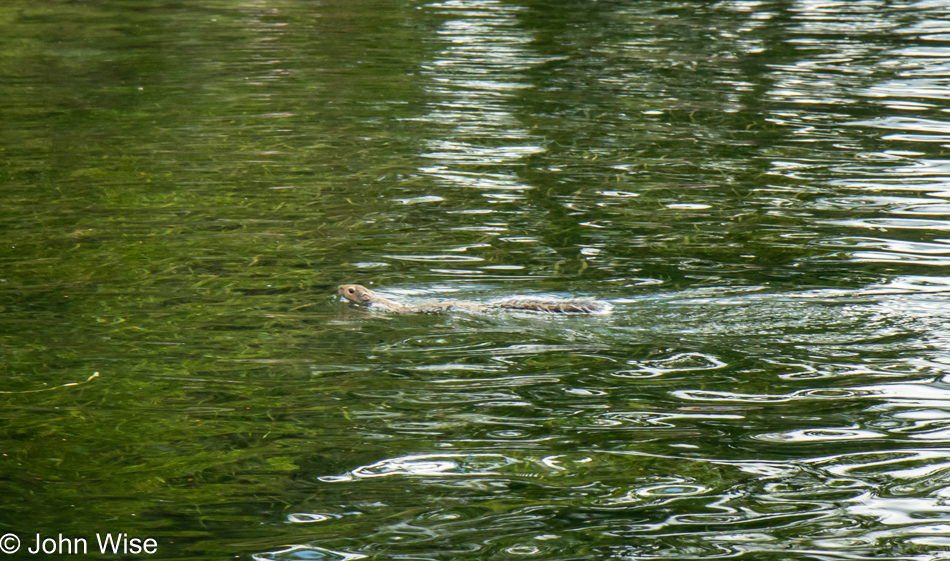
On the other hand, here’s this heroic squirrel out for a swim. All three of us were incredulous that this squirrel was treading water. Originally, it was heading directly for us until we started talking and gawking, at which point it turned tail and headed back to the island it lept off from as it might have been considering becoming an aquatic animal.
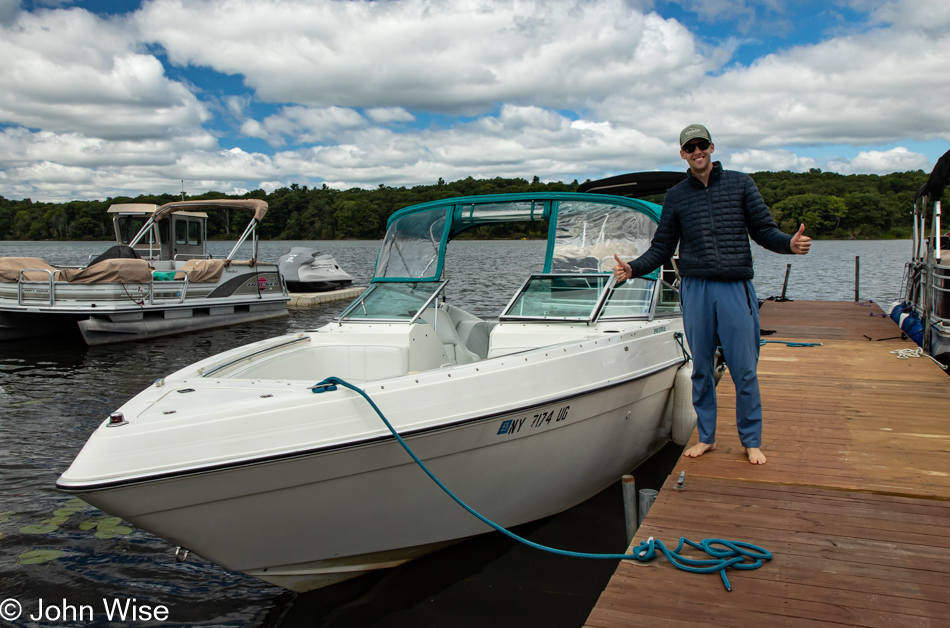
This is Jordan Beach and his boat, which he shared with us today, helping create an unforgettable experience.
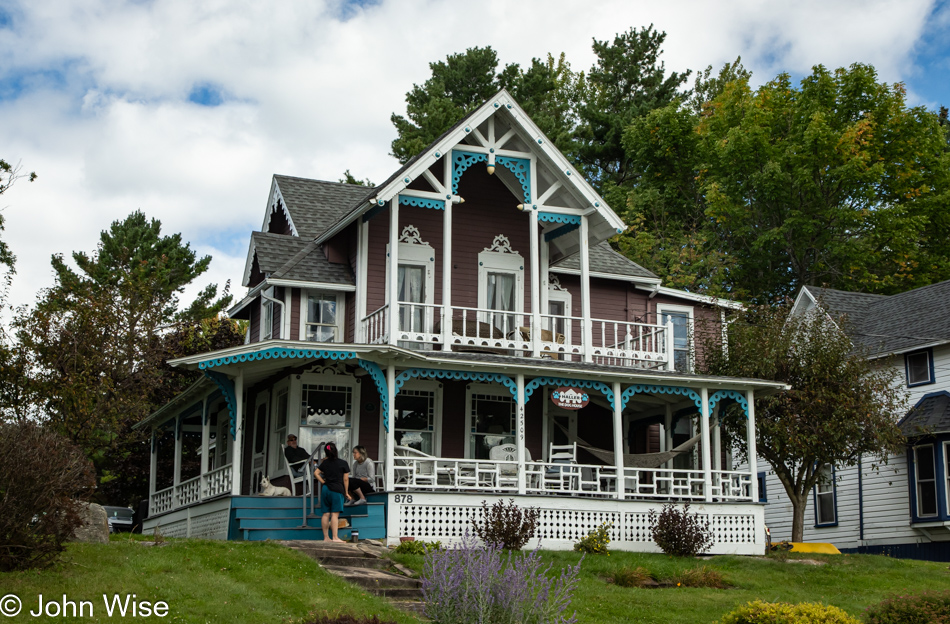
Here we are on the way back to the bridge from Wellesley Island to the mainland. This is one of the many beautiful mansions in 1000 Island Park that harken to a bygone Gilded Age.
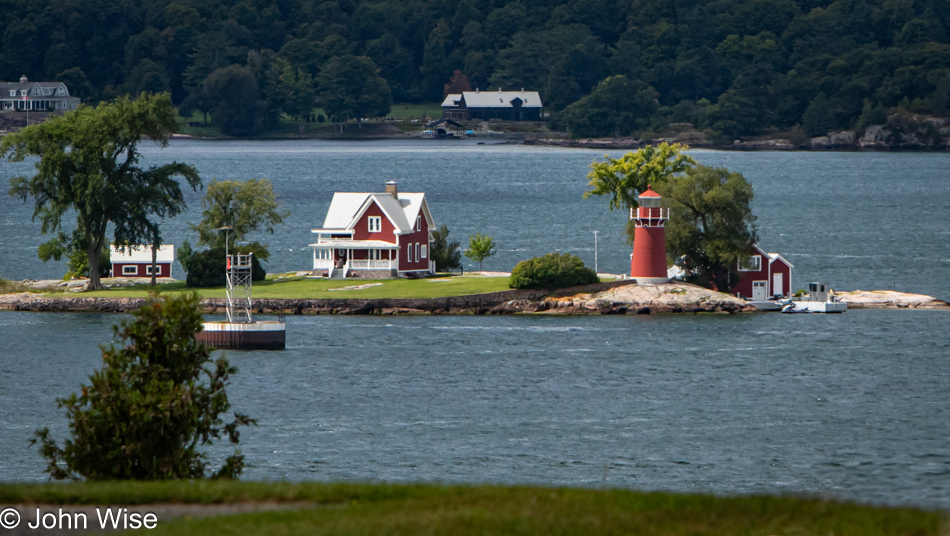
Not much later, we are on our way to Rouses Point, New York, on Lake Champlain near Vermont. It was only shortly after noon when we drove away from the Alexandria Bay area, leaving us plenty of time to do some sightseeing. This is the Crossover Island Lighthouse in Hammond at Chippewa Bay, which we could only see between private homes and signs that warn people not to trespass.
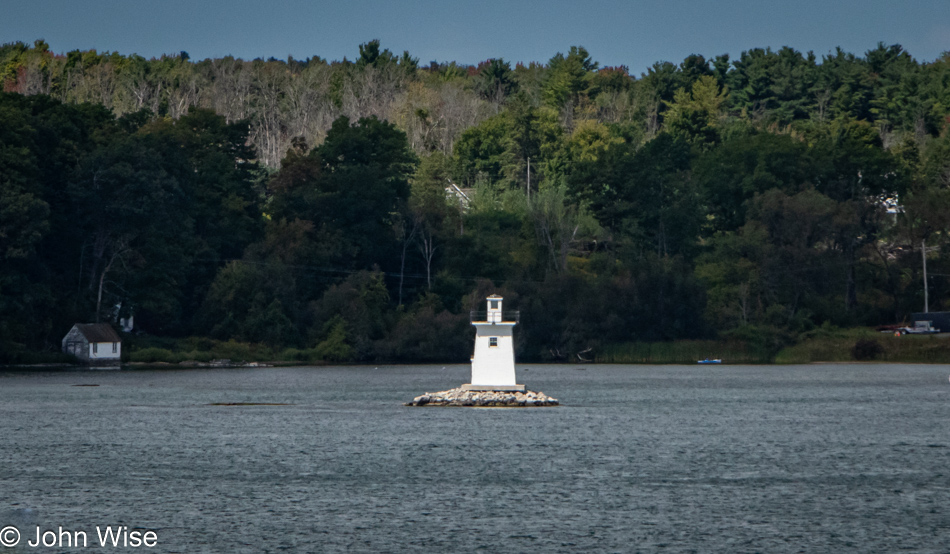
The next lighthouse in the river was the Cole Shoal Range Front Lighthouse in Brockville, Ontario, Canada.
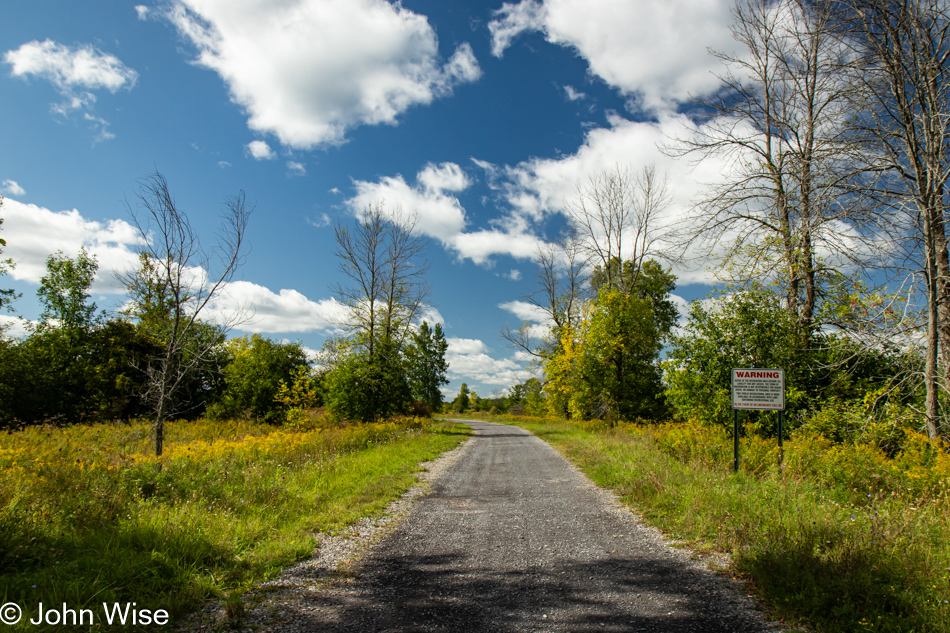
Somewhere along the seaway, we saw an odd structure in the river. We spotted a dirt road shortly after that that looked like it might take us out to it, and while it did, we still couldn’t decipher what it was. Signs warning of danger and video surveillance convinced us to keep our distance, but still, we were curious. After leaving the area, we learned it was part of the Iroquois Dam.

This is the western end of the Eisenhower Lock on the St. Lawrence Seaway. We learned that back in the day, pre-9/11 to be precise, visitors were allowed down at ground level to watch the big ships come into the lock. Today, the only viewing is done from a third-floor balcony of the new visitors center. Strangely, this visitors center doesn’t have a gift shop, though they have a great logo and would probably sell a ton of stickers with that logo on it
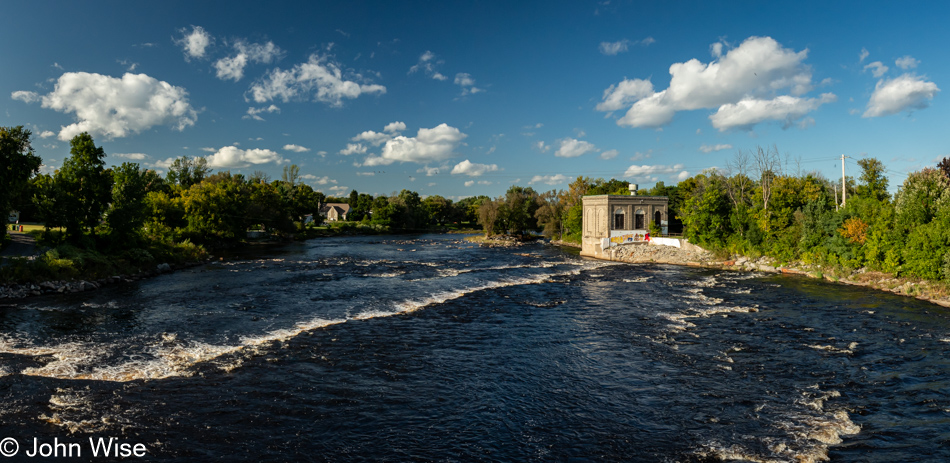
Shortly after passing the St. Regis River in Akwesasne, New York, on the Mohawk Reservation, we witnessed the highest density of marijuana dispensaries we’d ever seen. Likely due to the tax-exempt status, many compete for business, but how a business model advertising $50-ounces of weed is supposed to work is beyond my imagination, especially when you consider the obvious amount of big money that has been spent to build beautiful shops that sell the dank buds. How many shops might you be wondering? We believe we counted roughly 30, maybe even 40.

We might have just passed right through Fort Covington, New York, without a second glance until this homemade sign advertising piglets for sale caught our eye. I believe it was their son Amos who greeted us; he was crossing the street when we pulled up. That boy might have been the most wholesome and joyous kid we’ve met in a while. His mother and father are Pat and April of Pat and April’s Pork.

We pass through many scuffed and battered towns which we wish could be salvaged. While some of these classic older buildings are not burned down yet and are at the cusp of liveability, they are too often turned into apartments for the poor. Small, barely functional spaces where society can warehouse the less productive. We’d love to rent one of these buildings or at least a floor if conveniences were available in town, but when the most ubiquitous offerings are fentanyl, meth, and weed, these towns are not conducive to living in. I’ve driven through hundreds of these towns and loved many for what they once represented. Today, they are a blight that begs the question, why don’t towns in such a state of advanced decay exist in northern Europe?
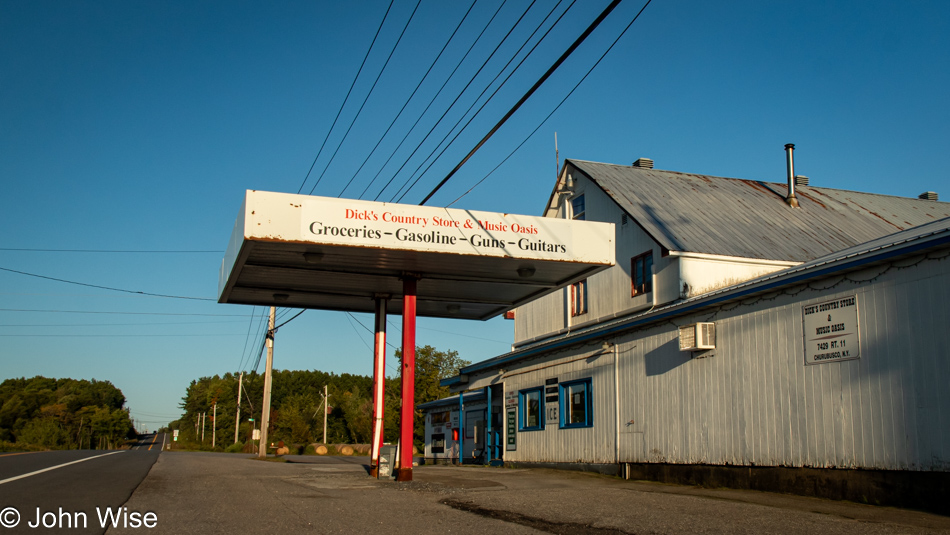
Sometimes, you think you’ve seen it all, and then somebody goes and outdoes everyone else. That’s what Dick did right here in Churubusco, New York. Dick is the owner of the Dick’s Country Store & Music Oasis, home to Groceries, Gasoline, Guns, and Guitars. Aside from the missing beer and BBQ, this is probably the most American roadside rural store I’ve ever seen. On second thought, he’d also have to offer taxidermy to round it out to perfection.
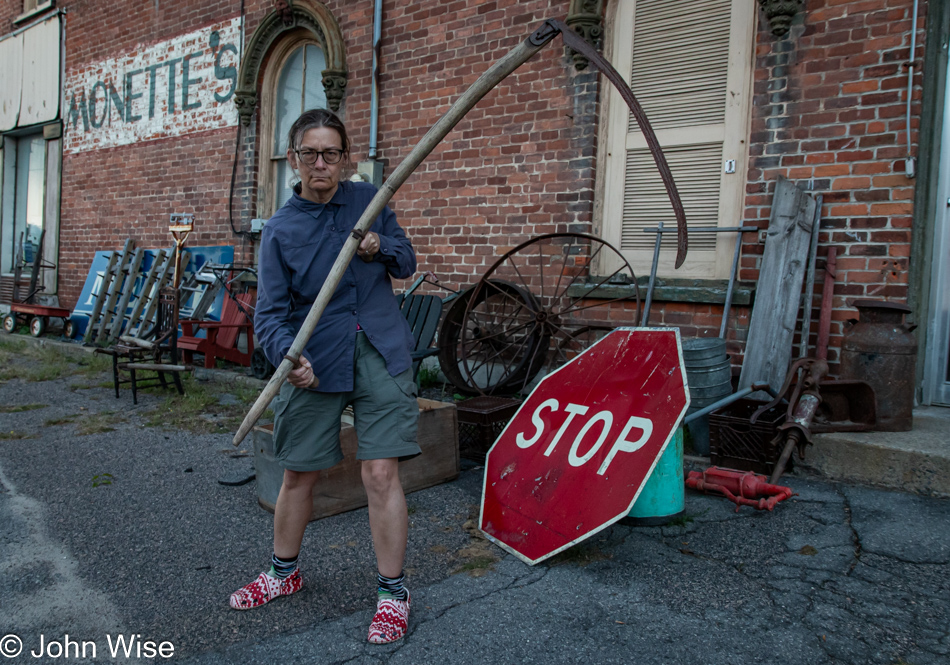
Death is a master from Mooers, New York, and her eyes are blue. She strikes you with her scythe, and her aim is true.
